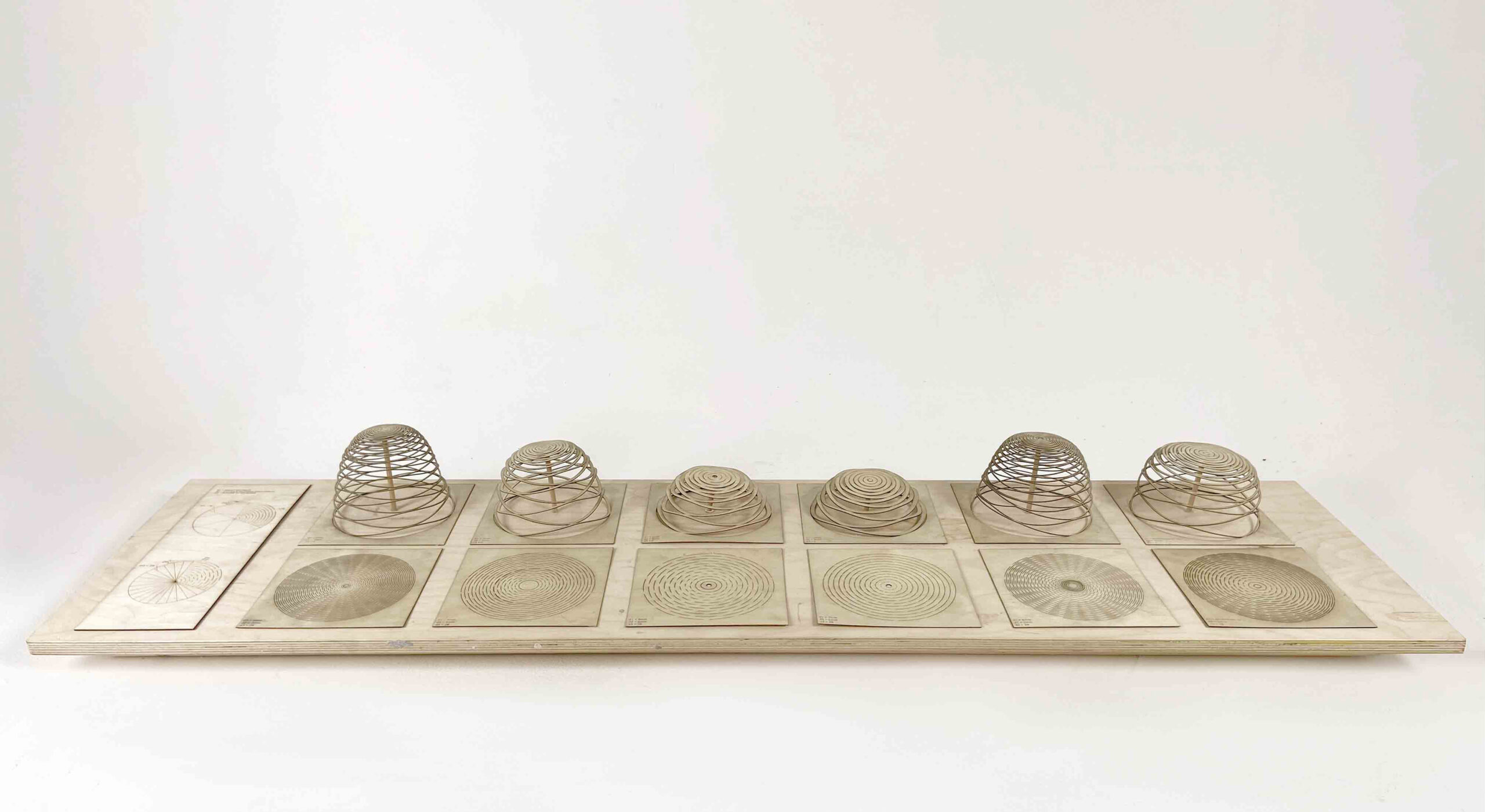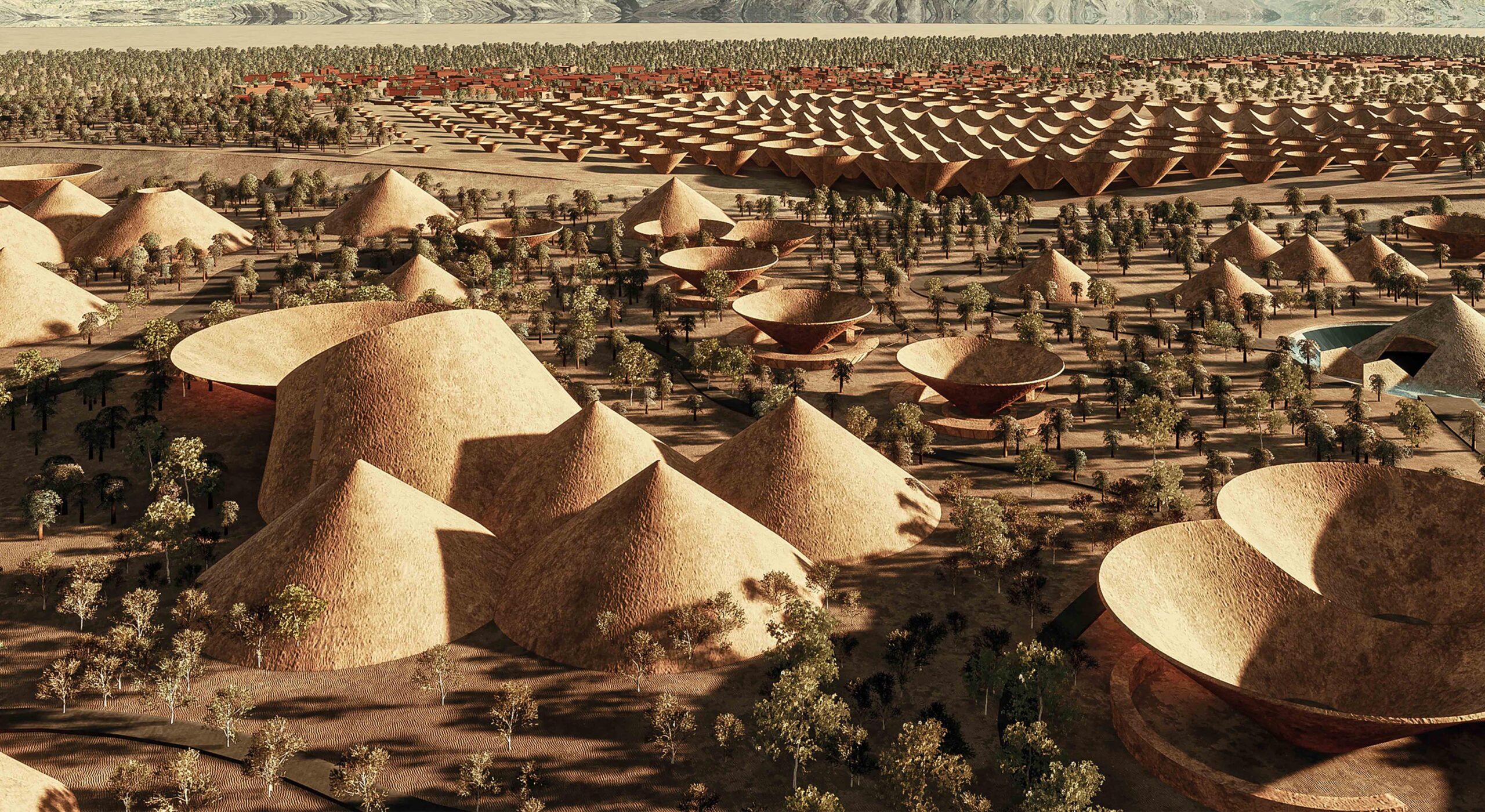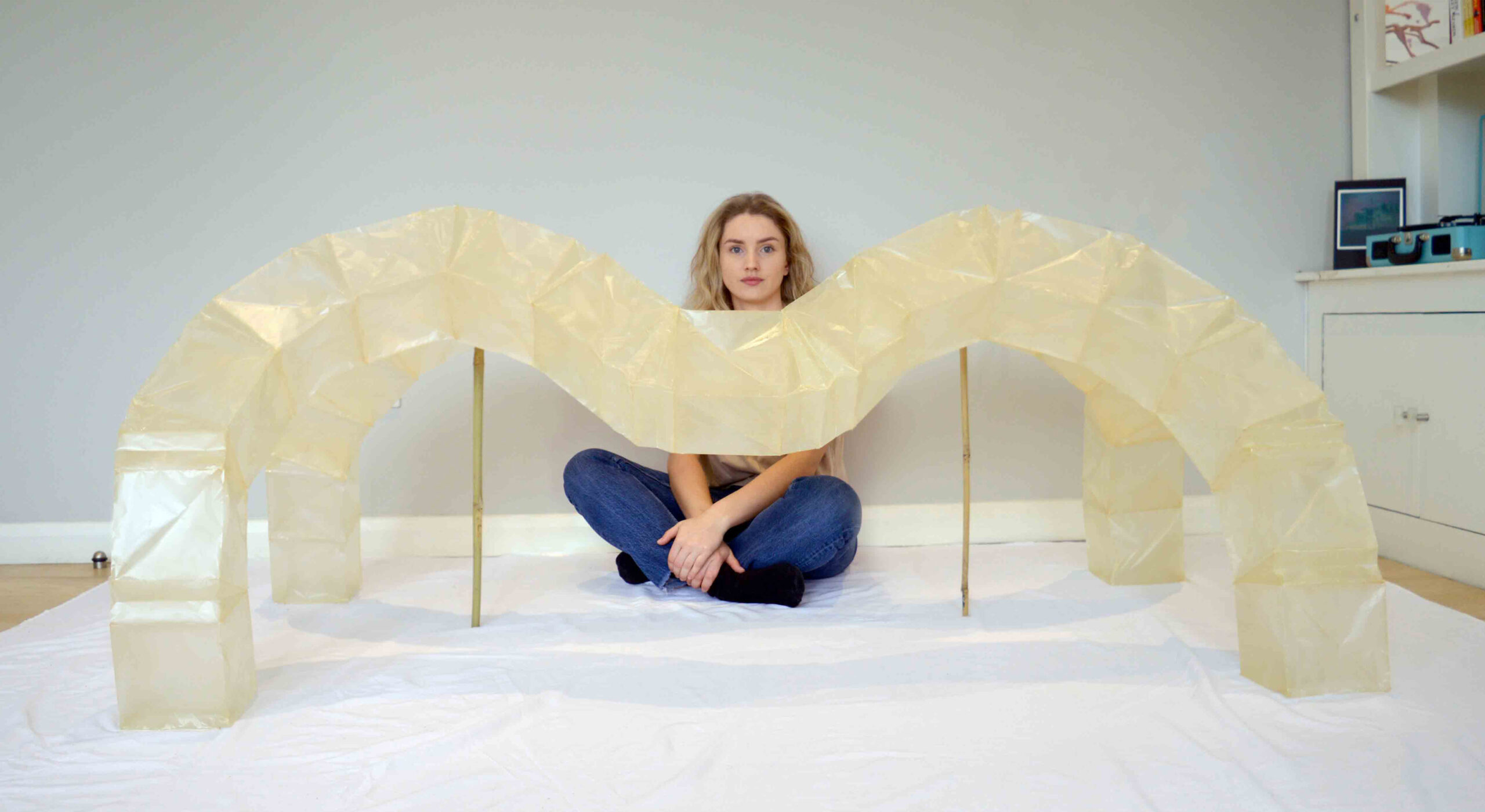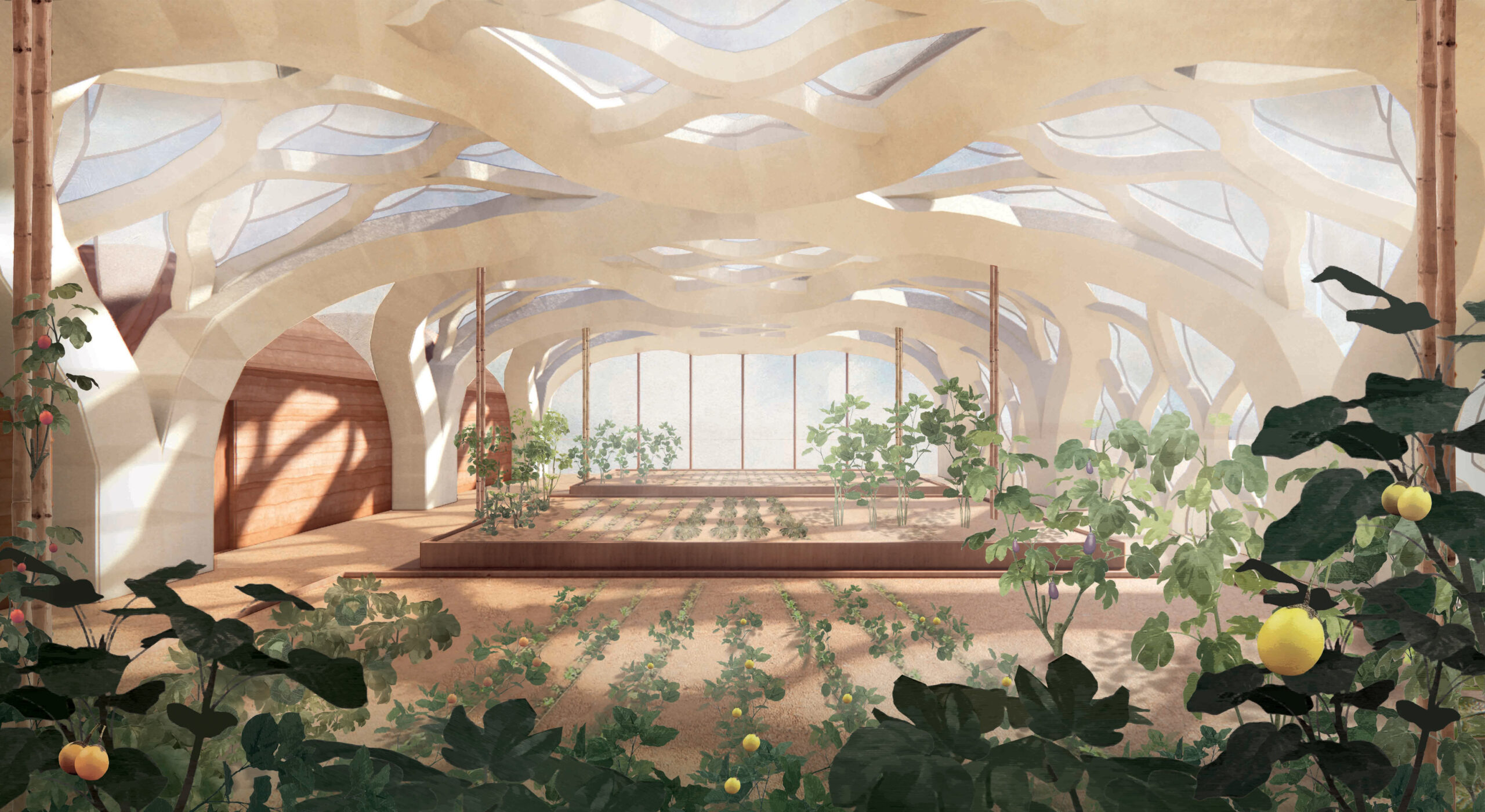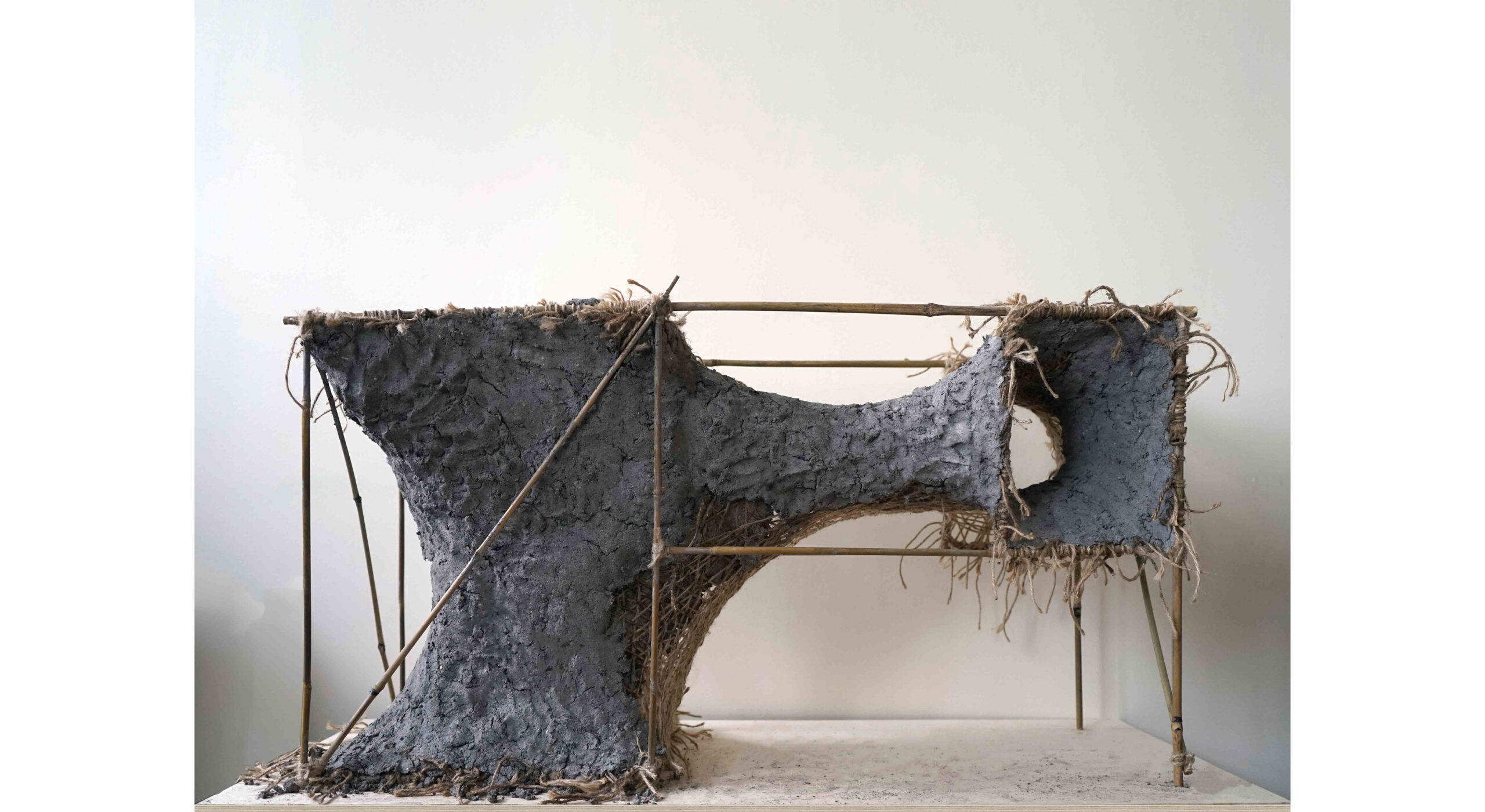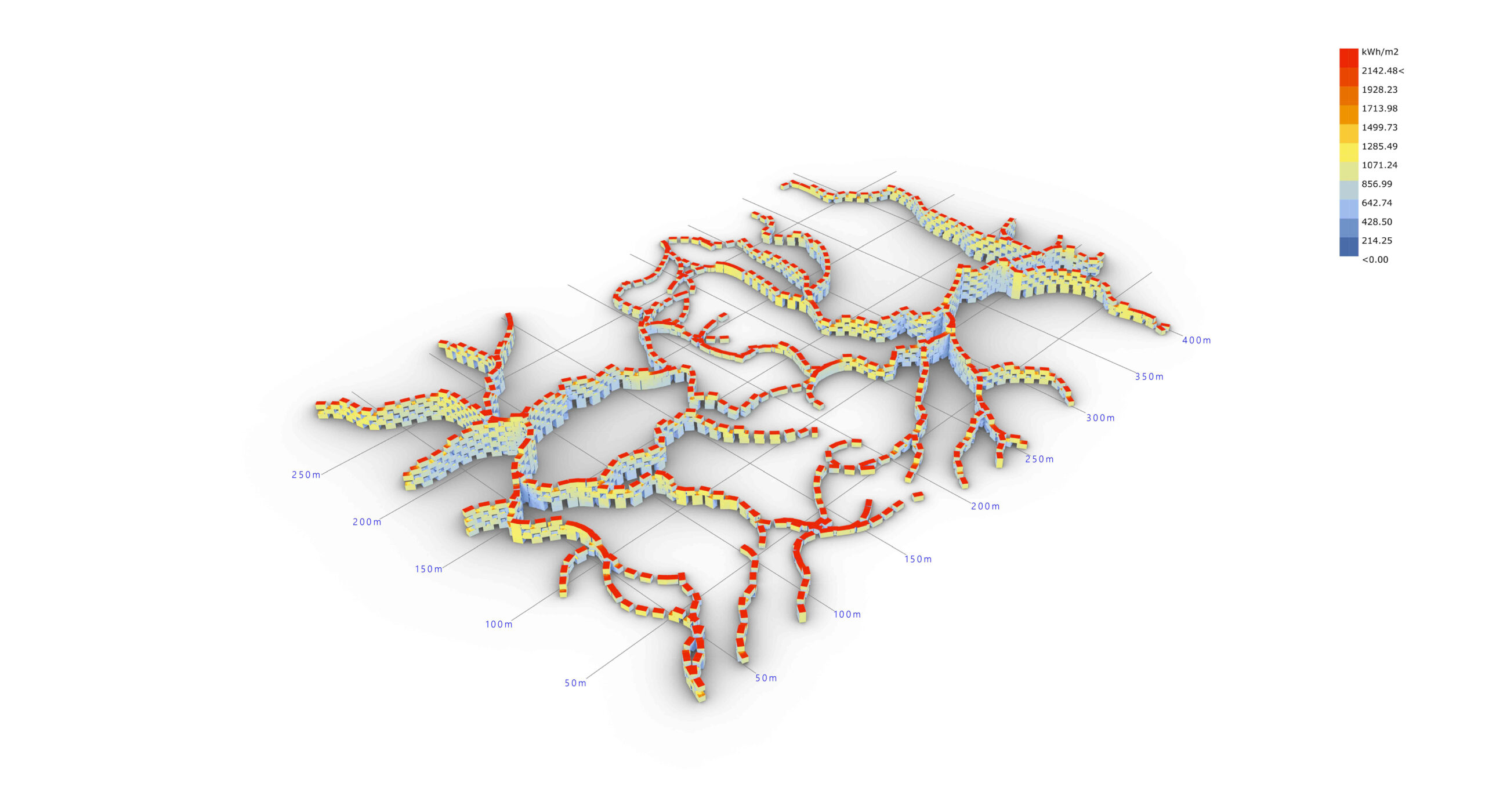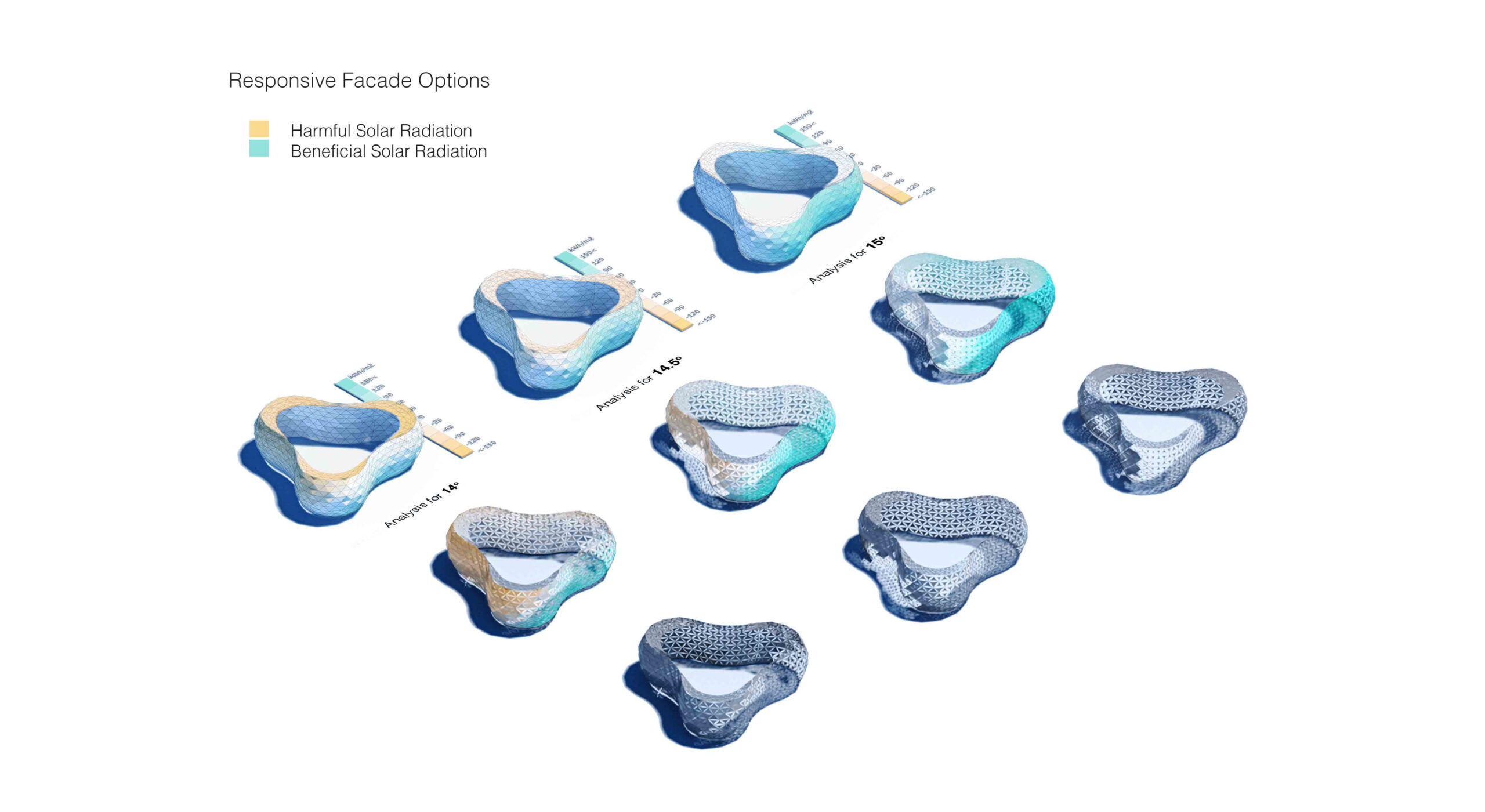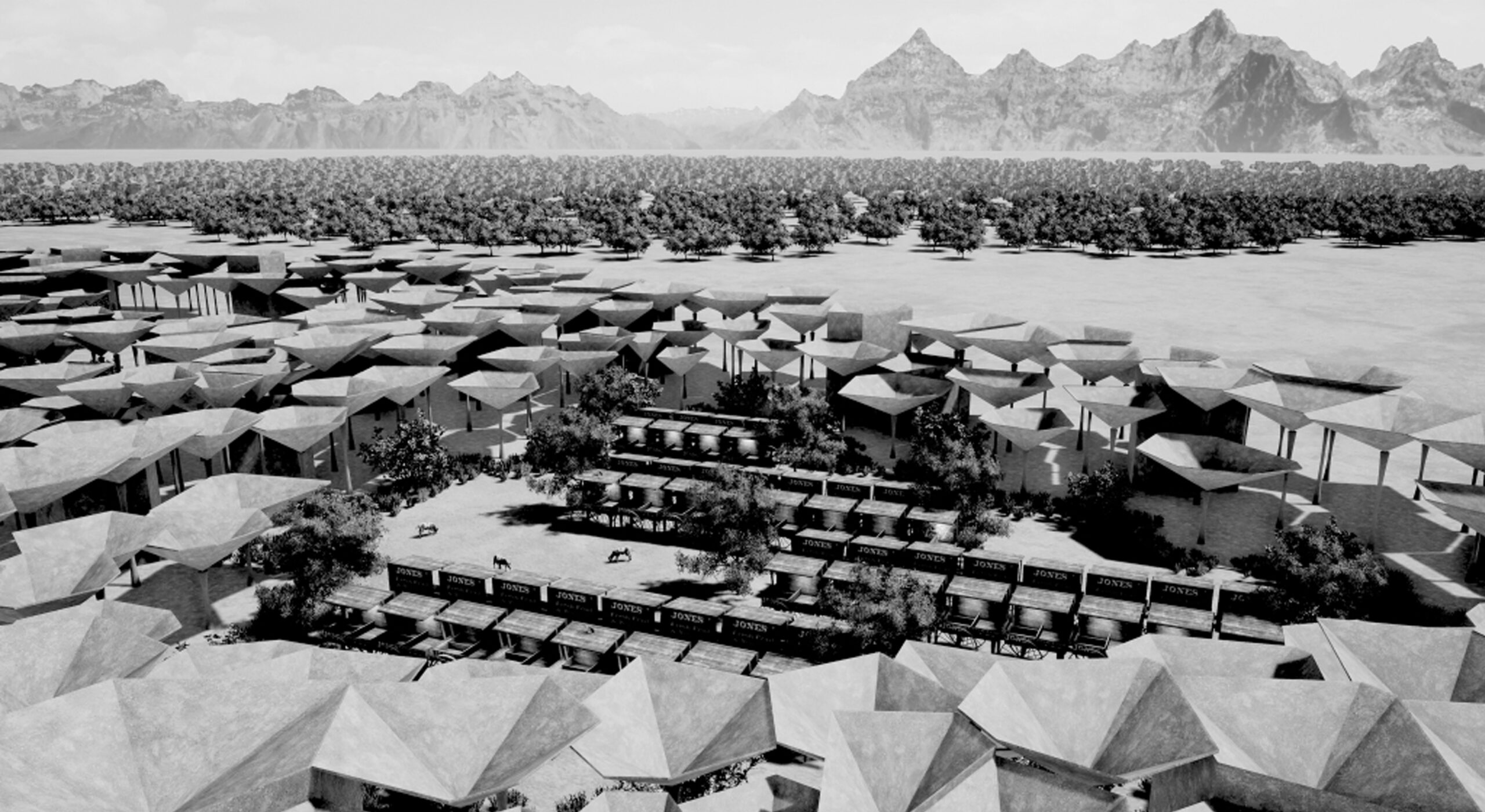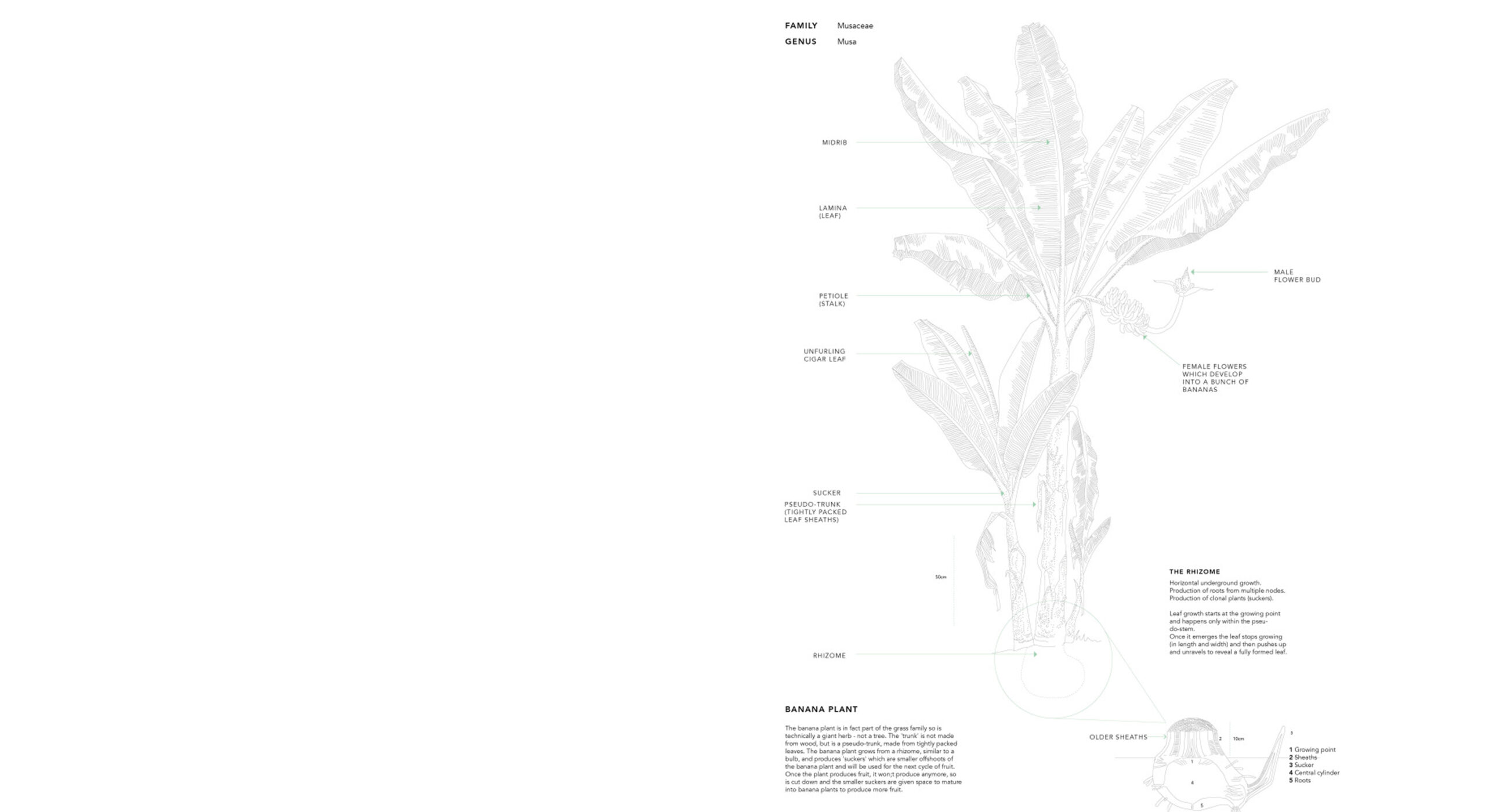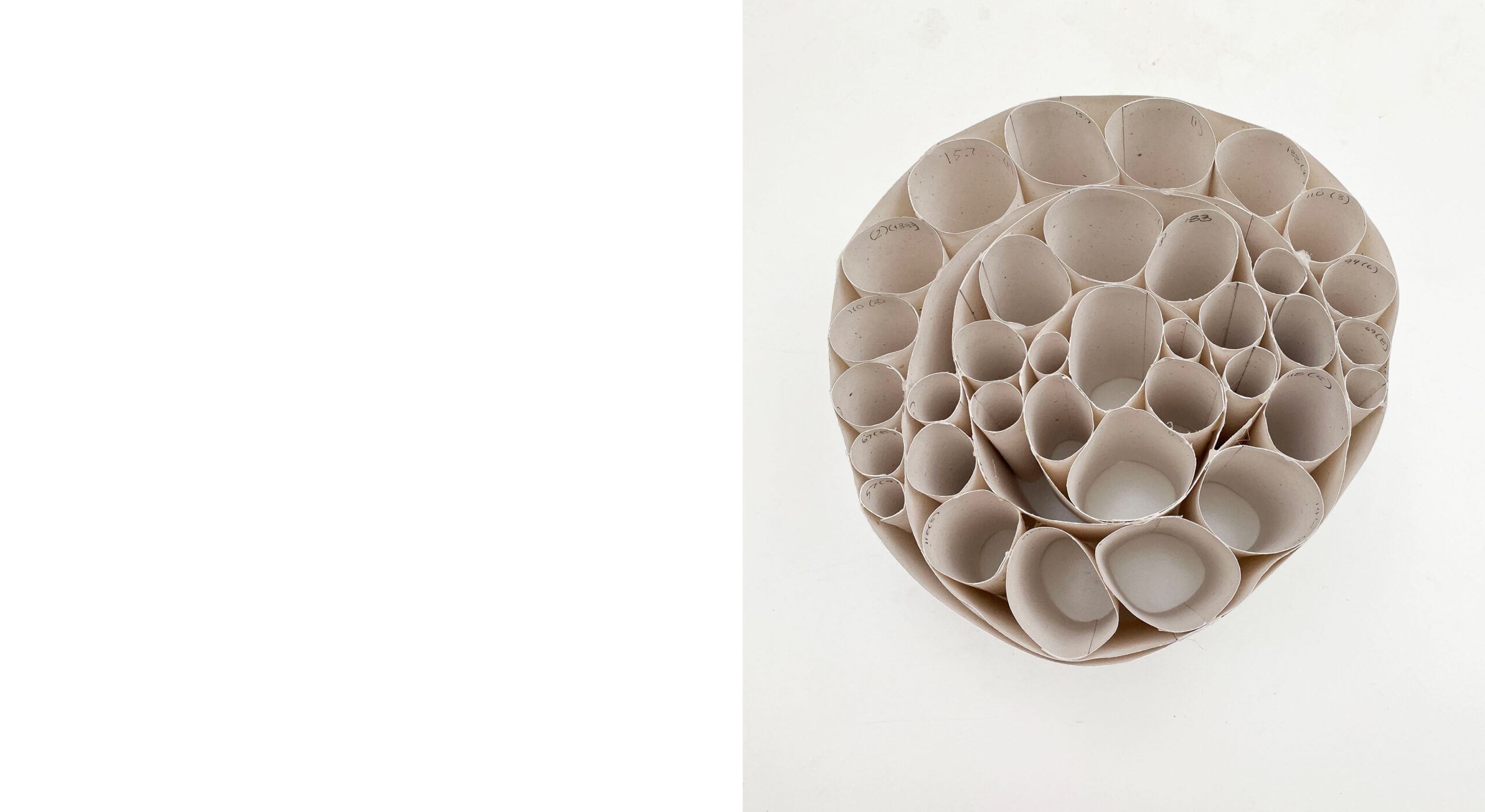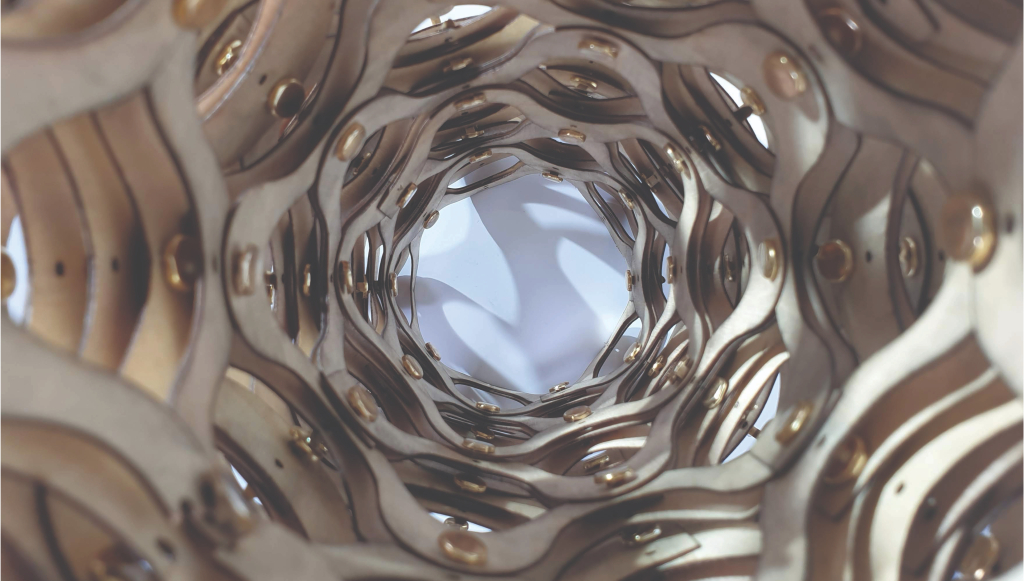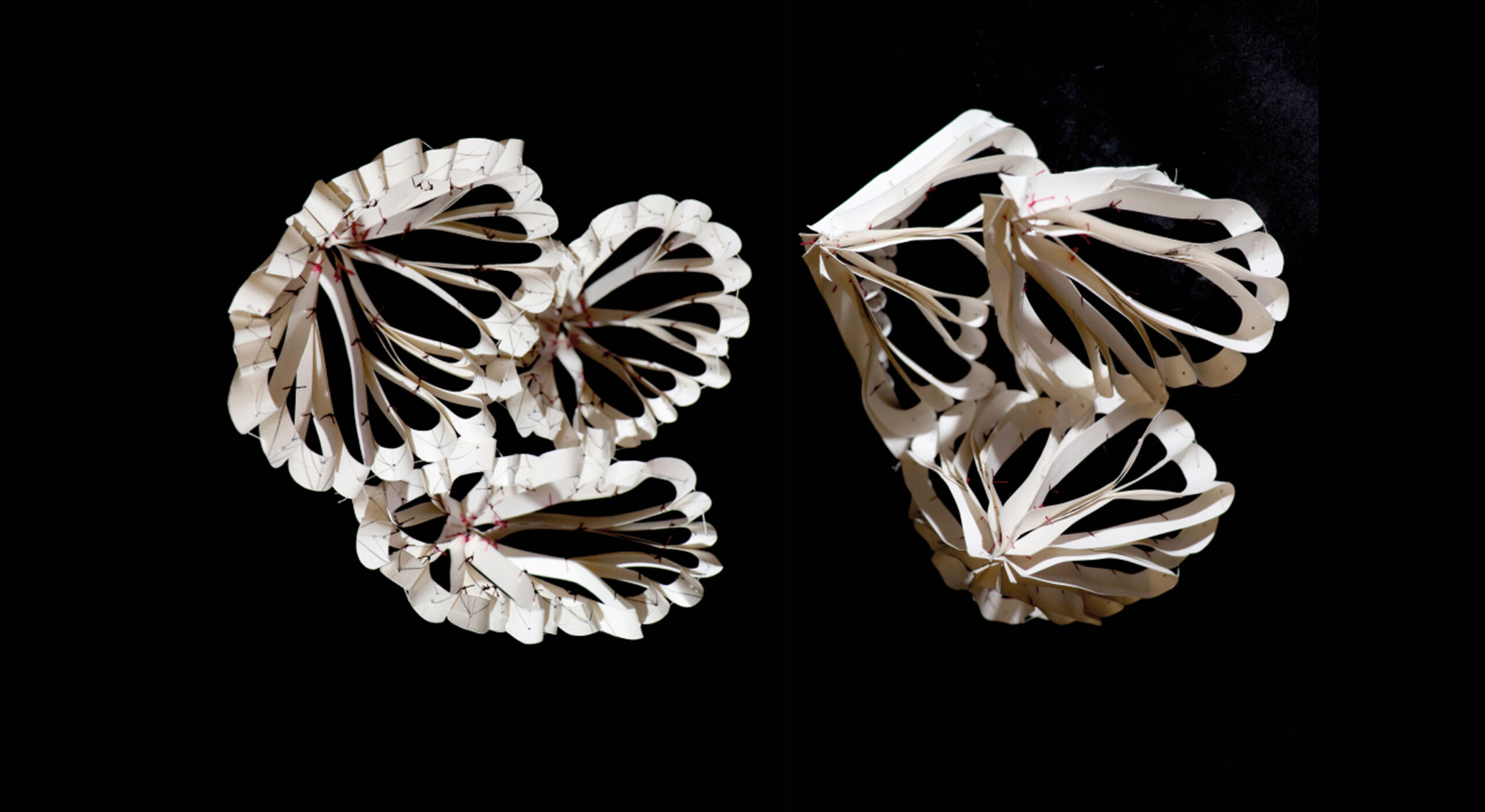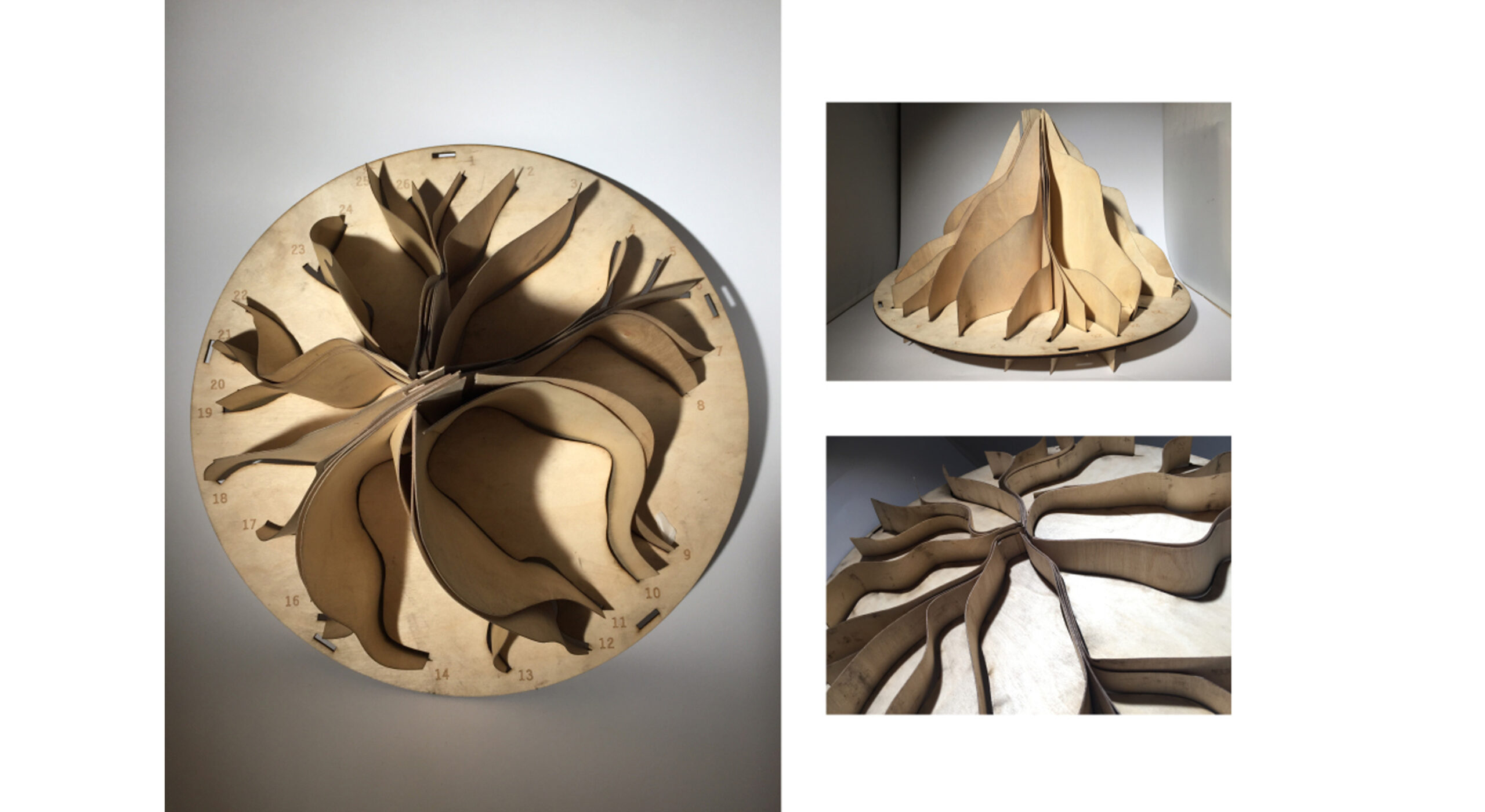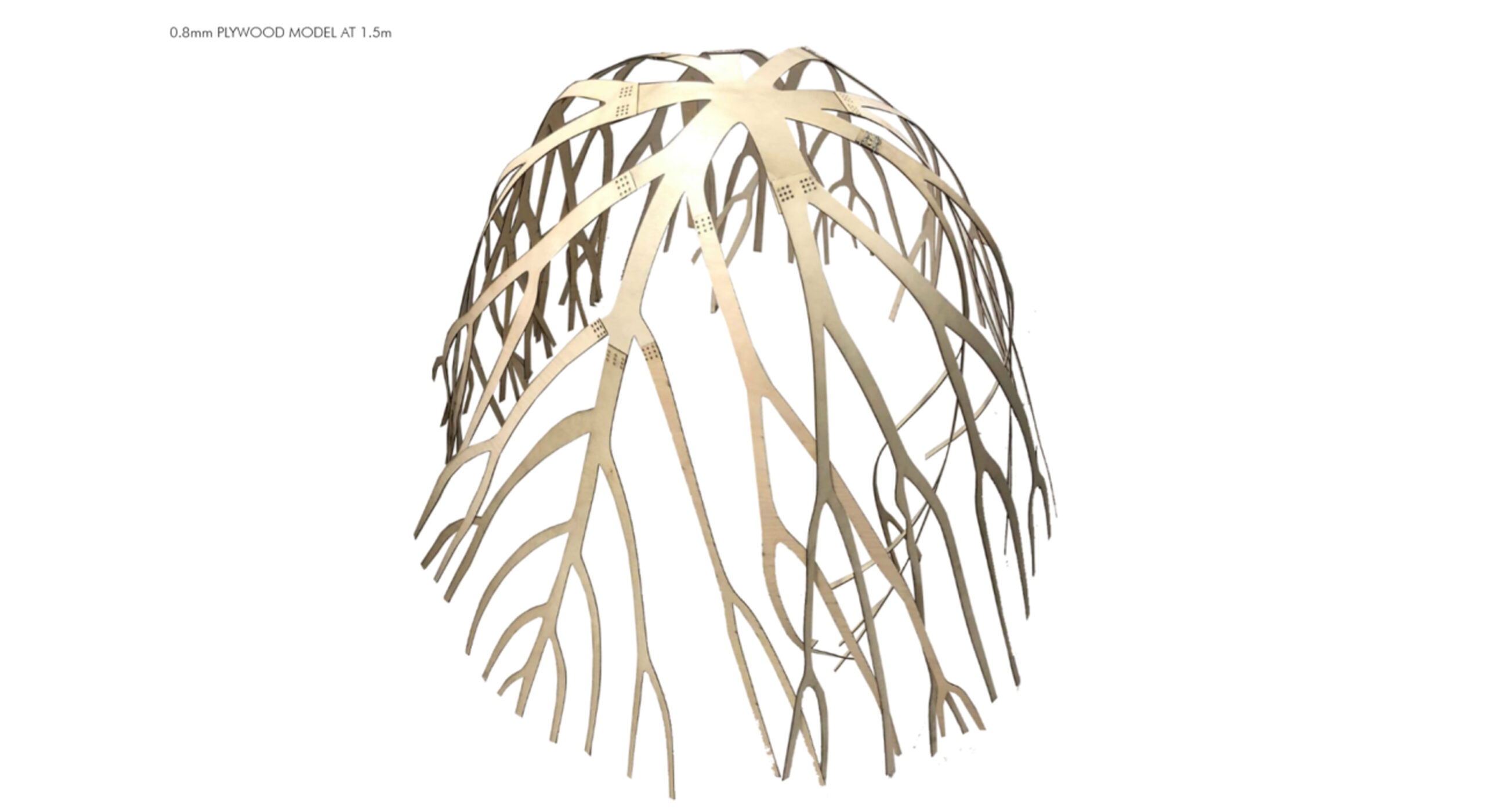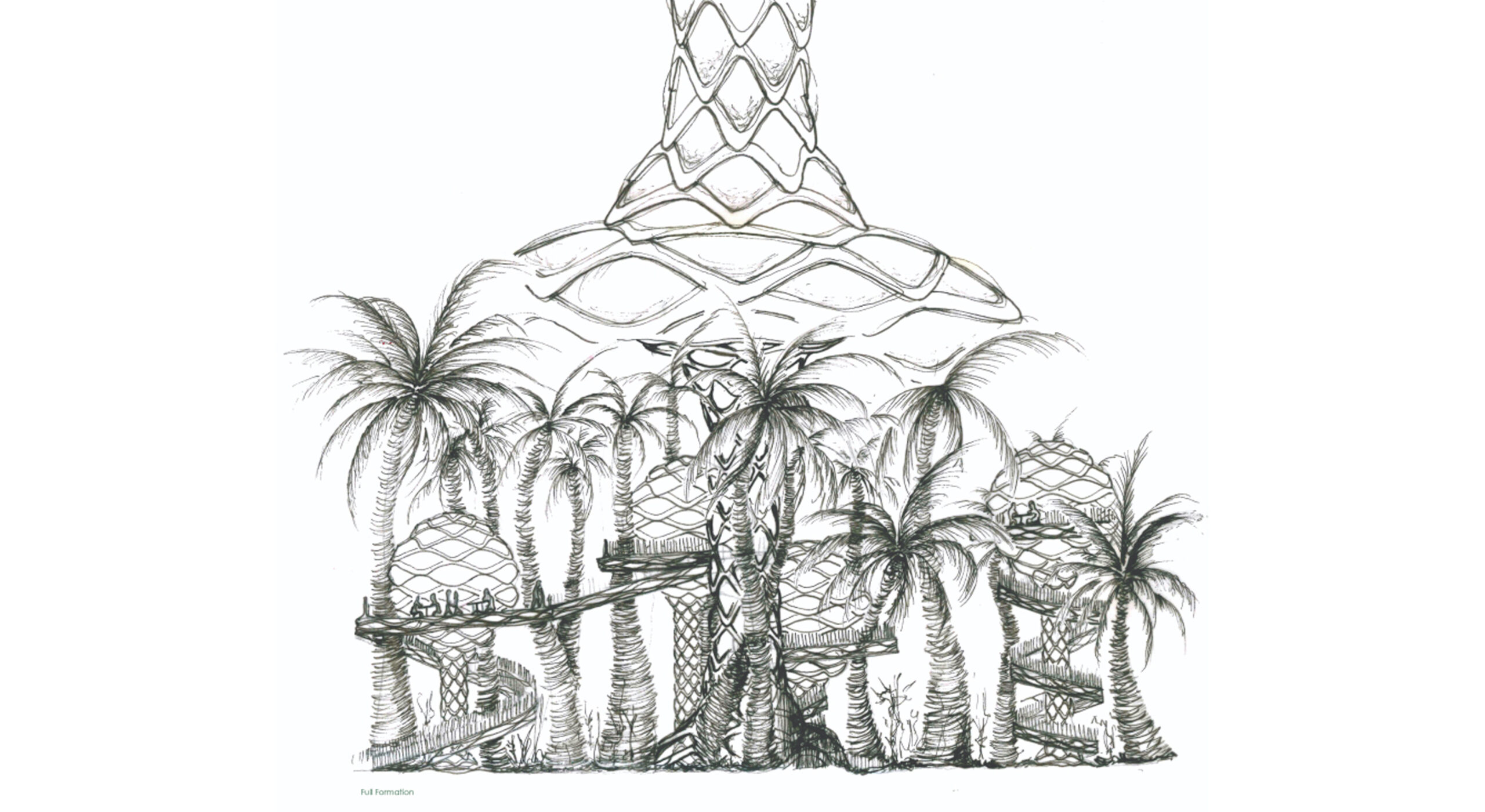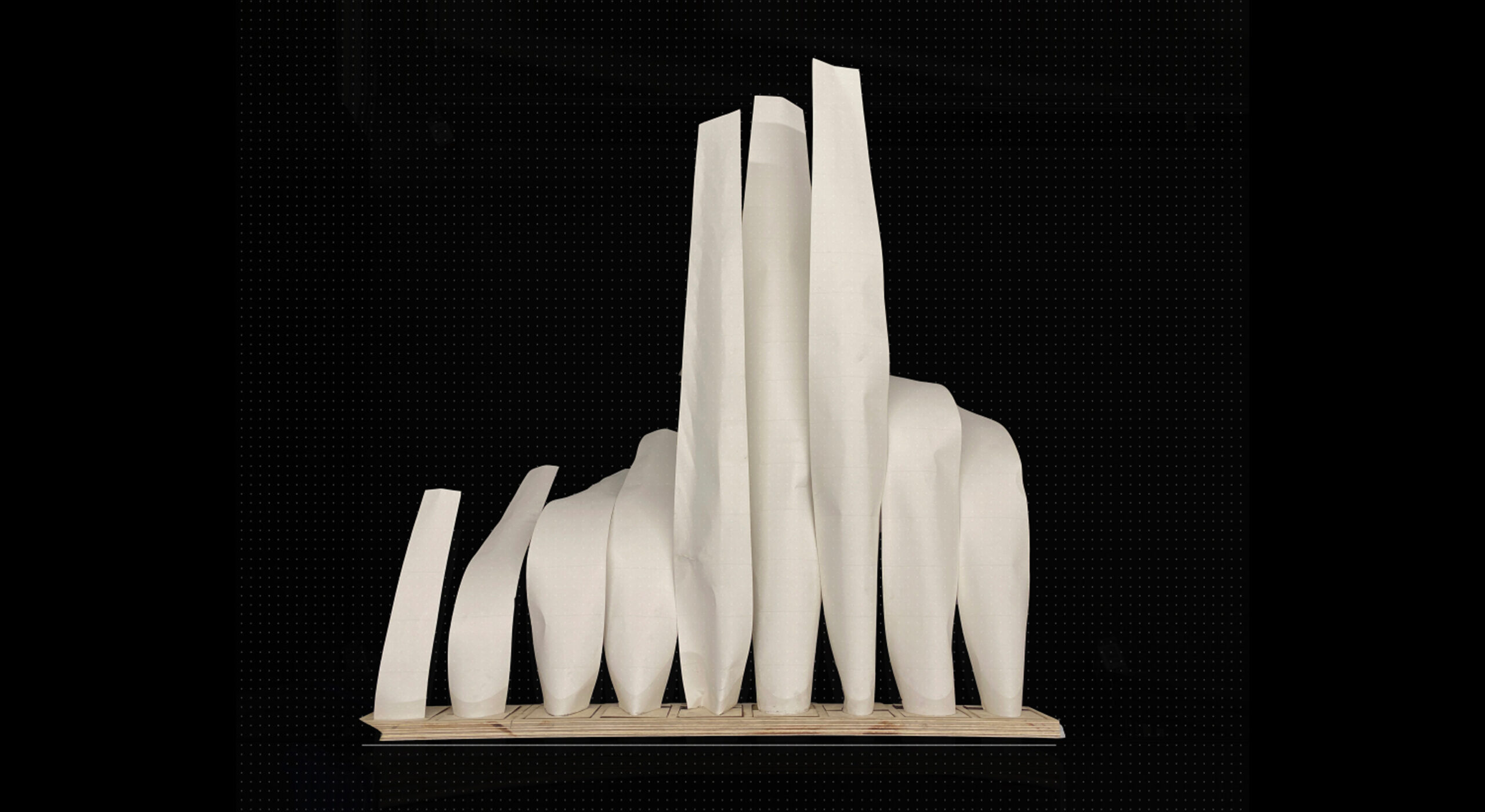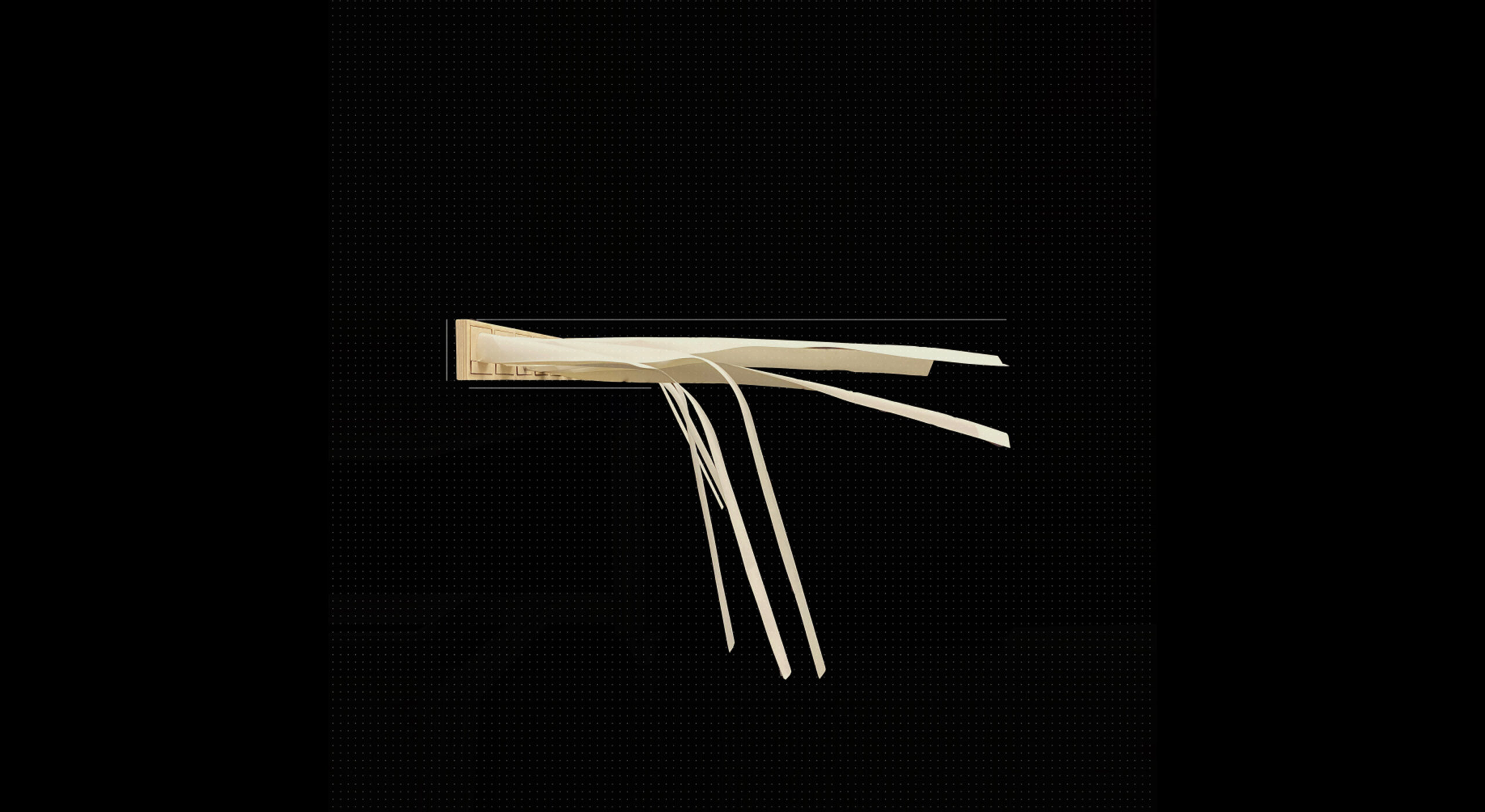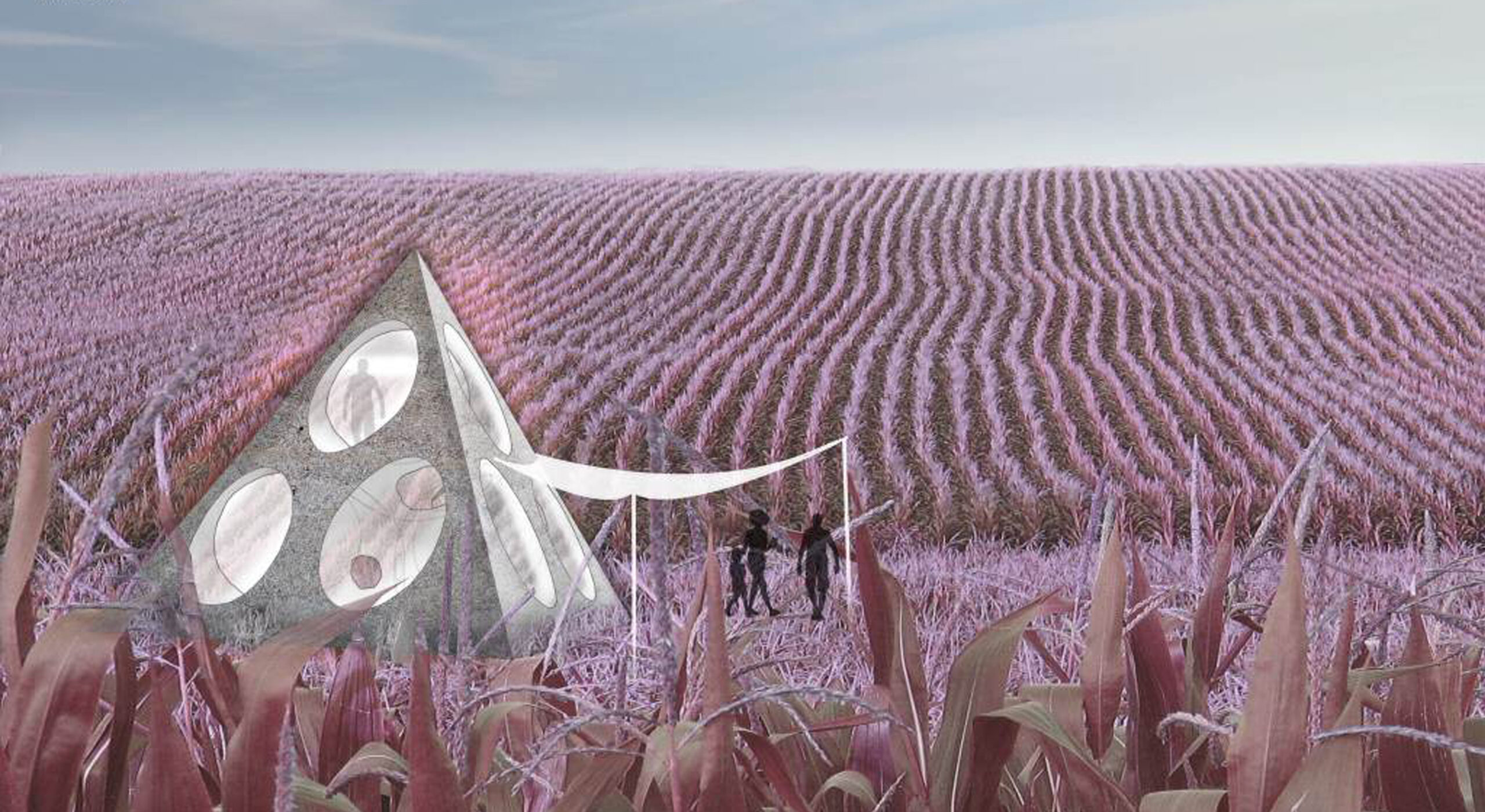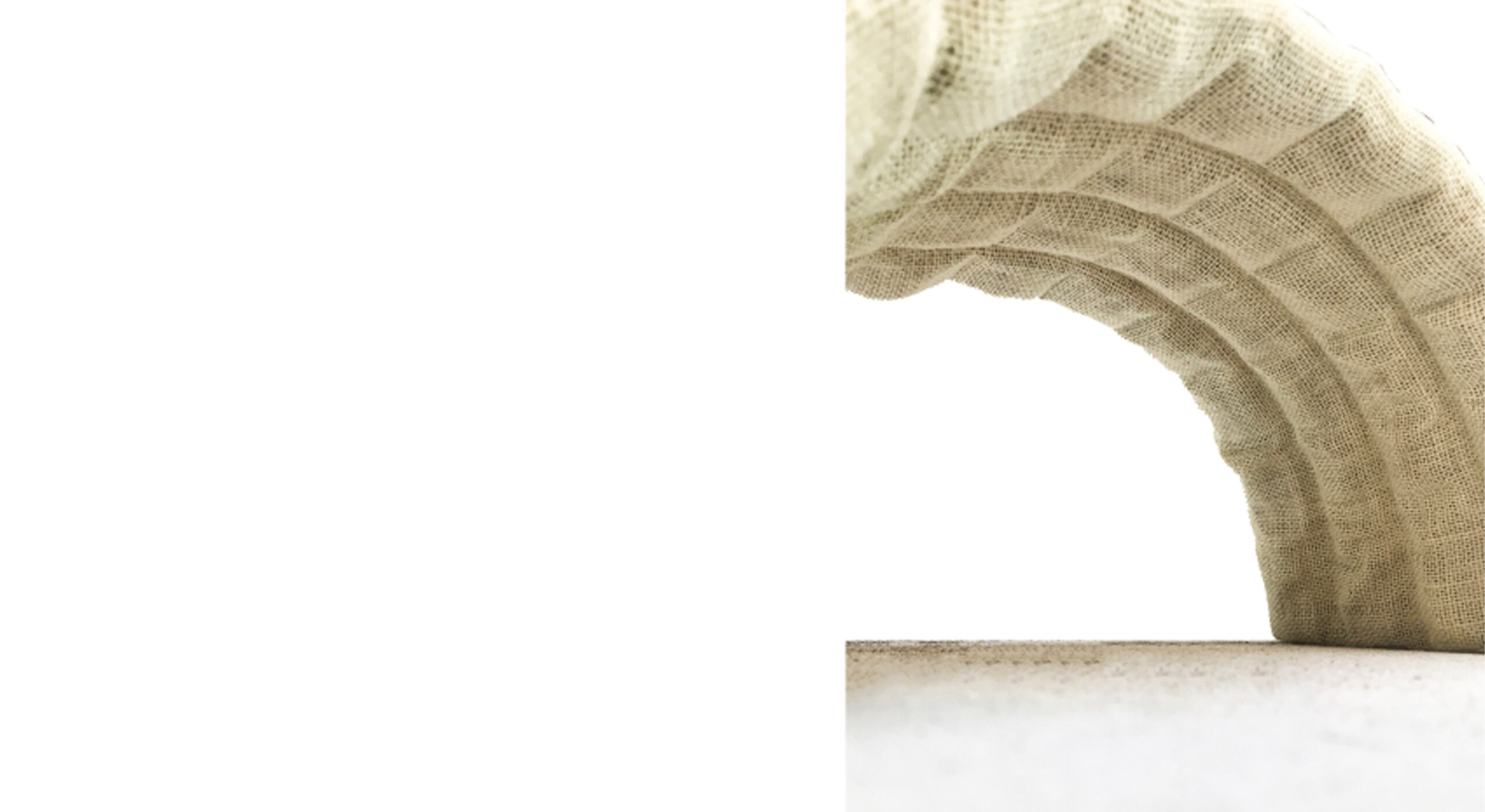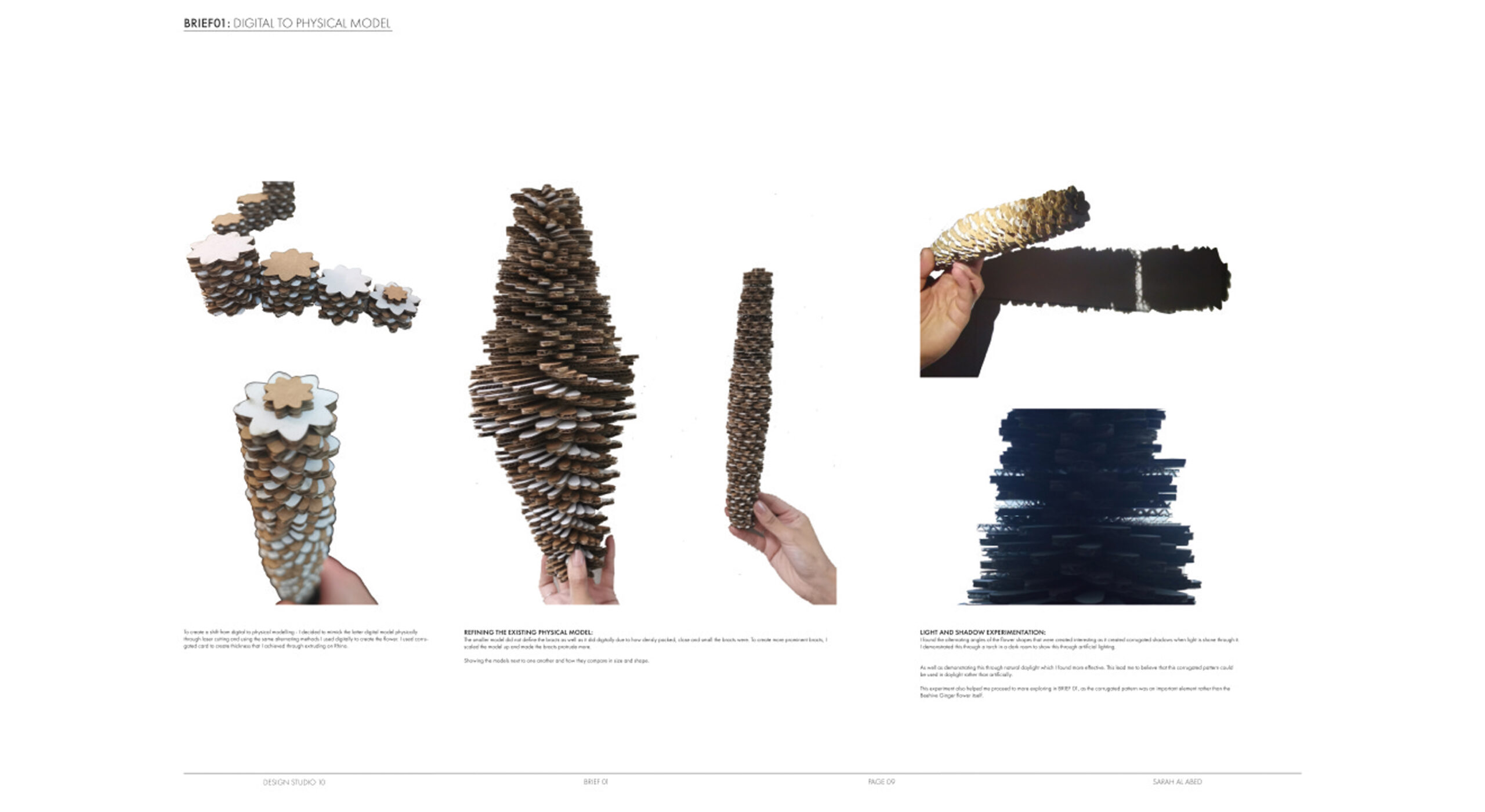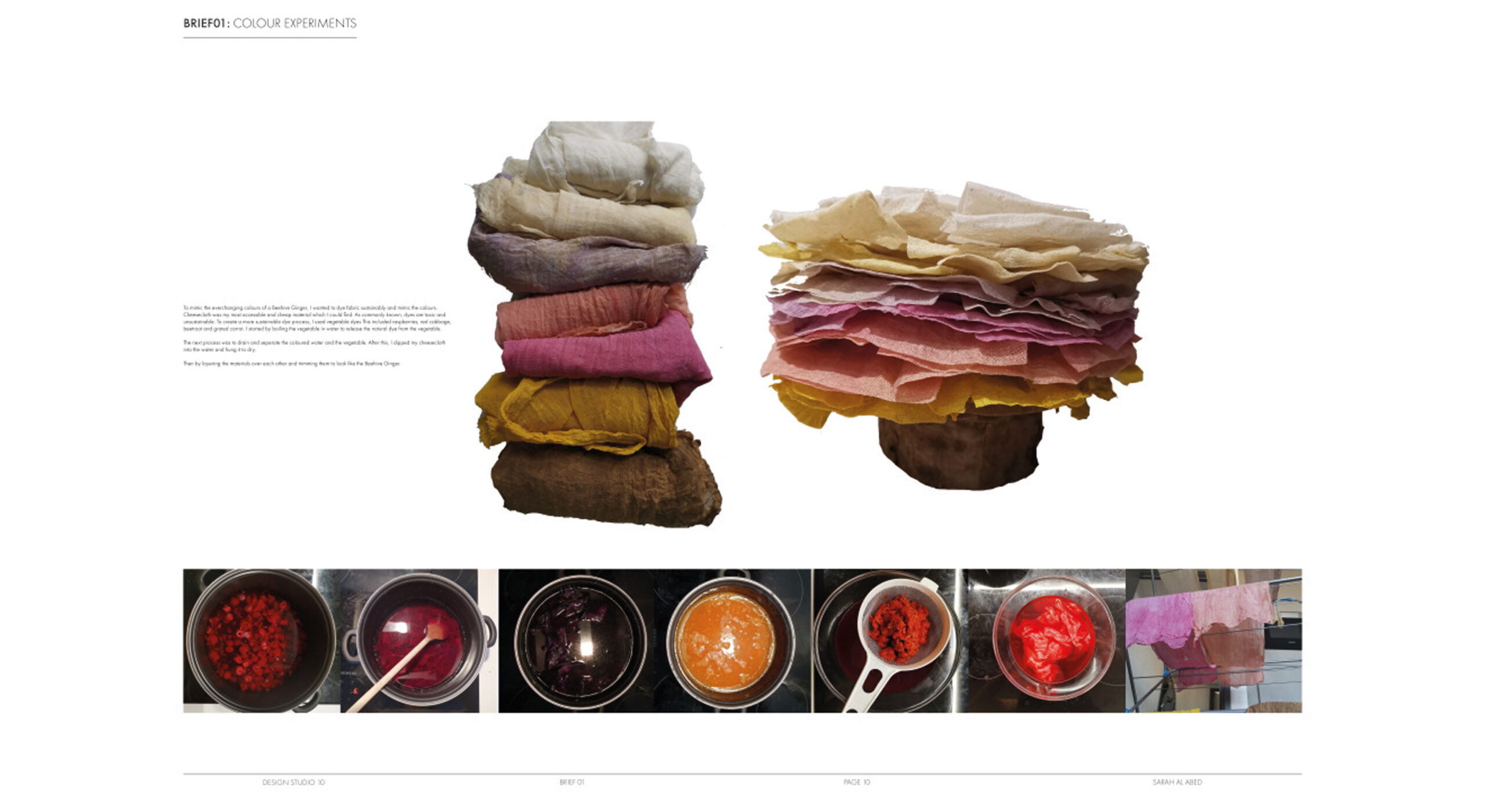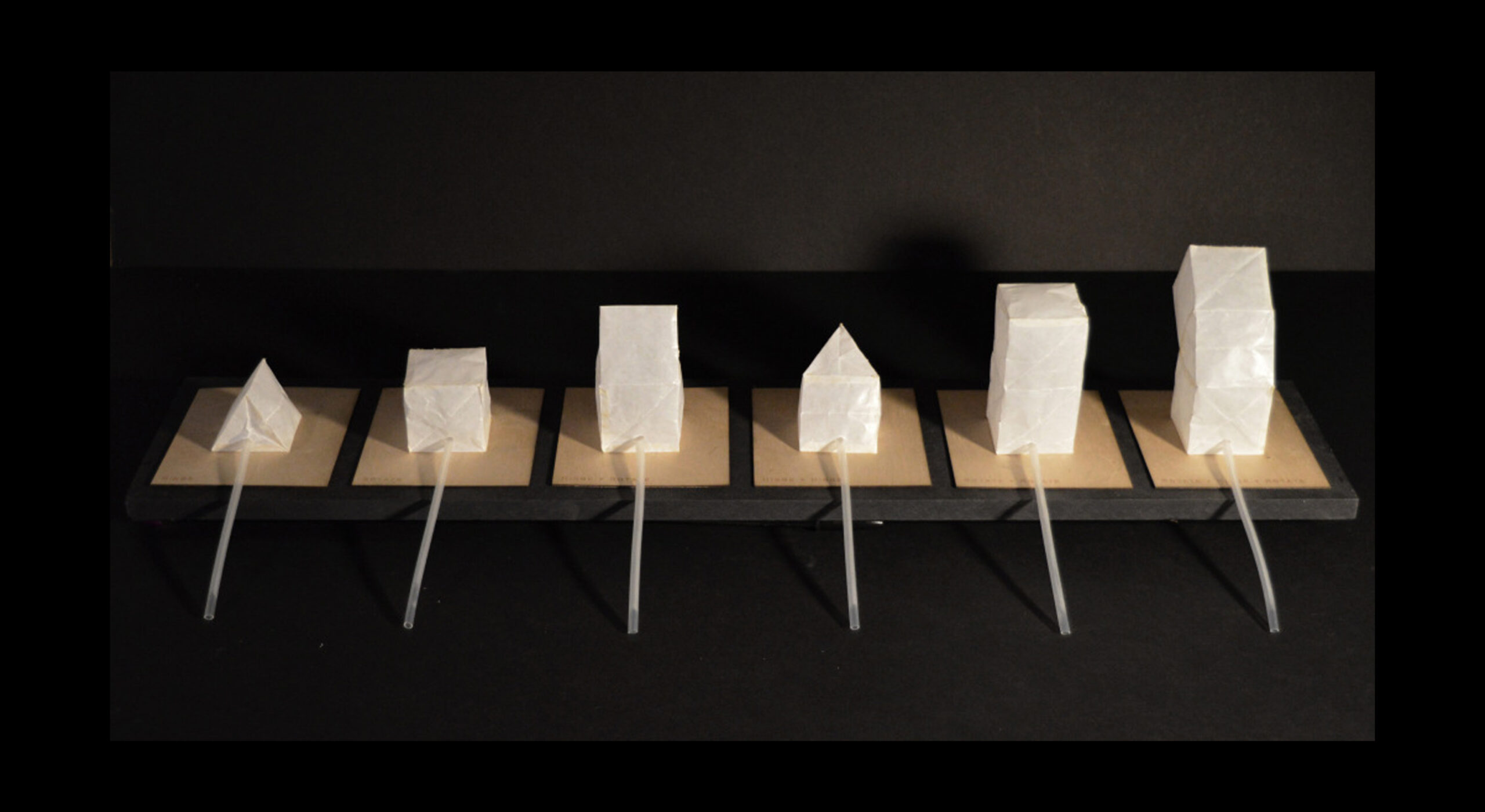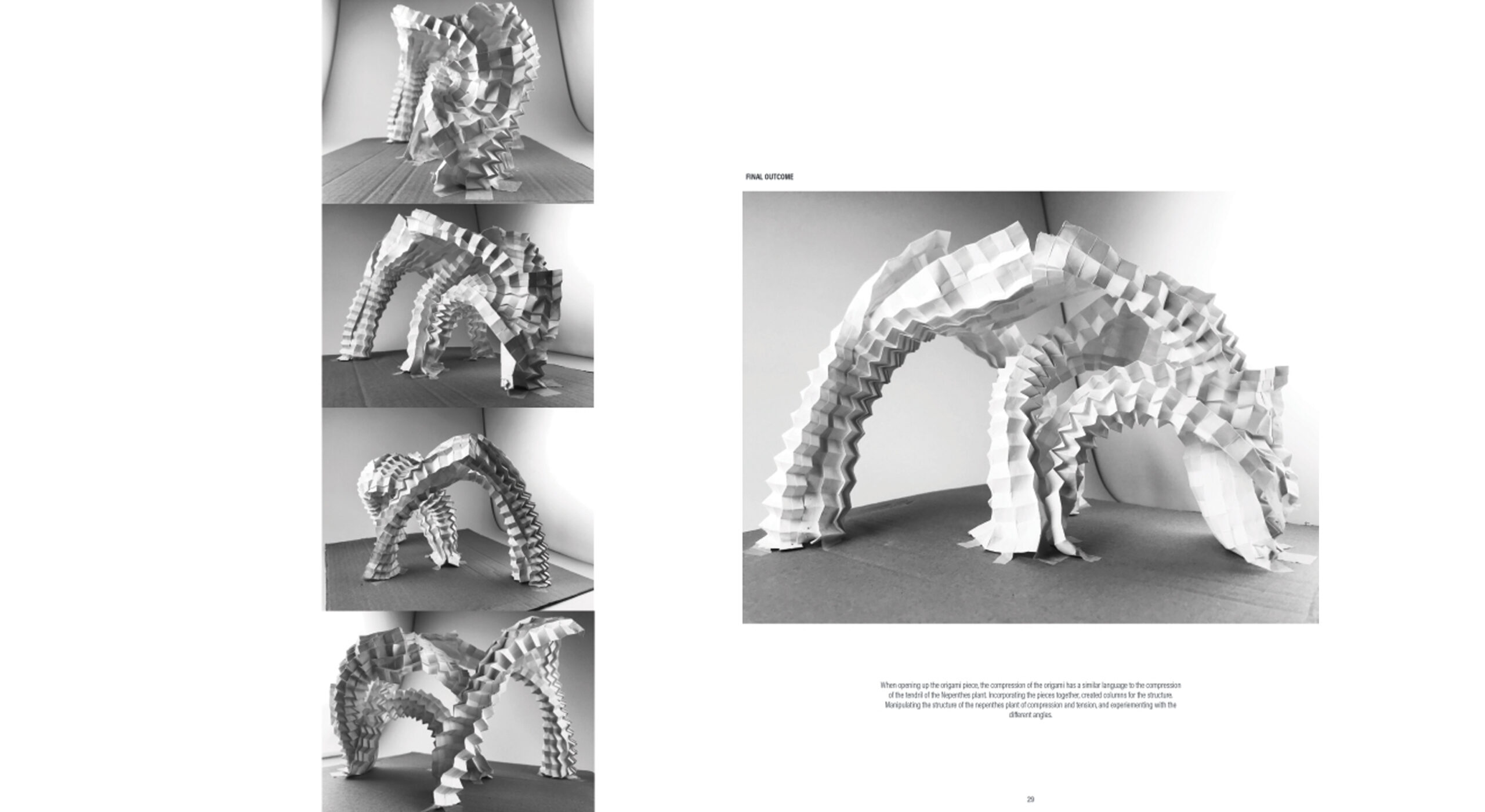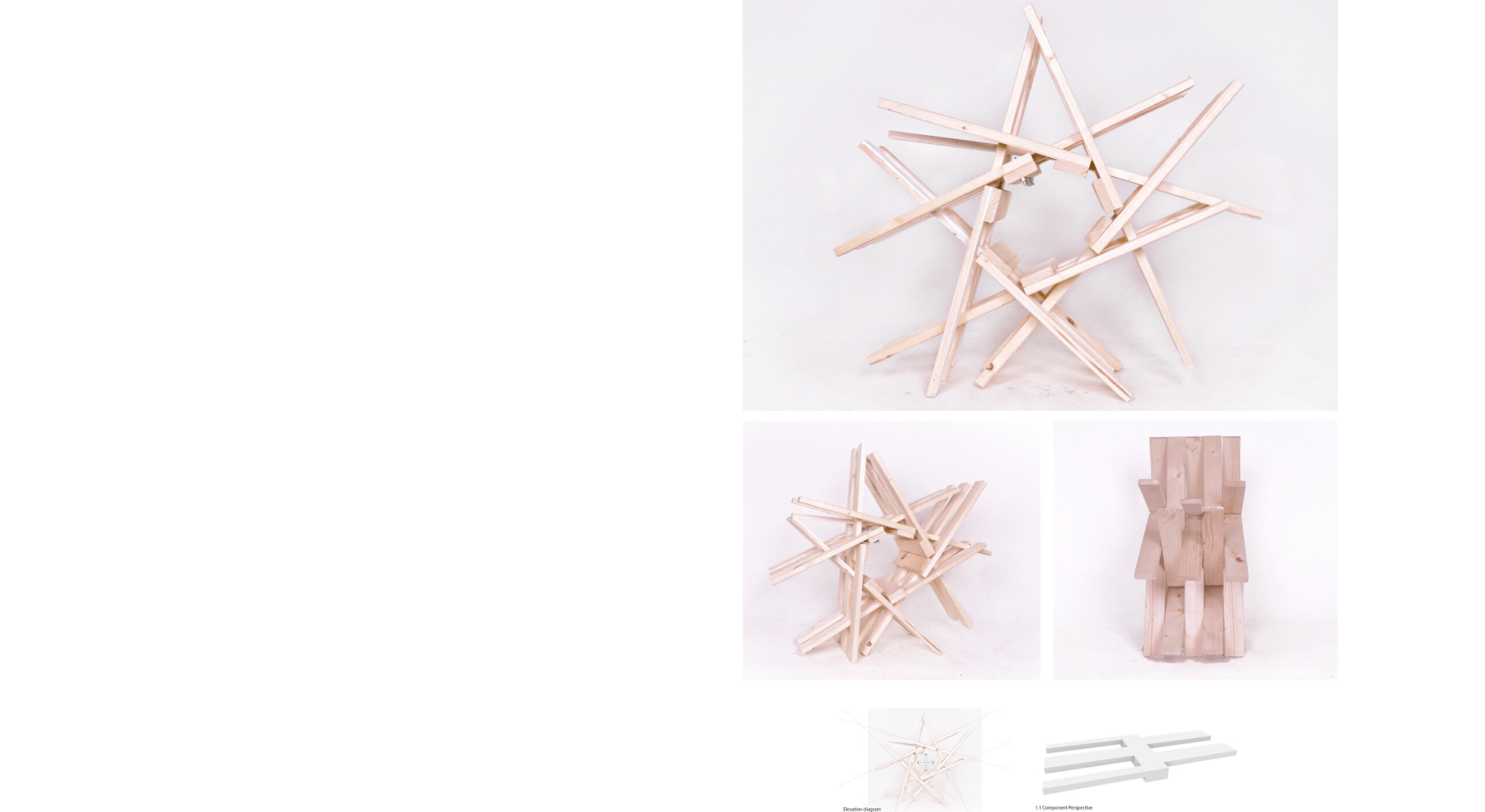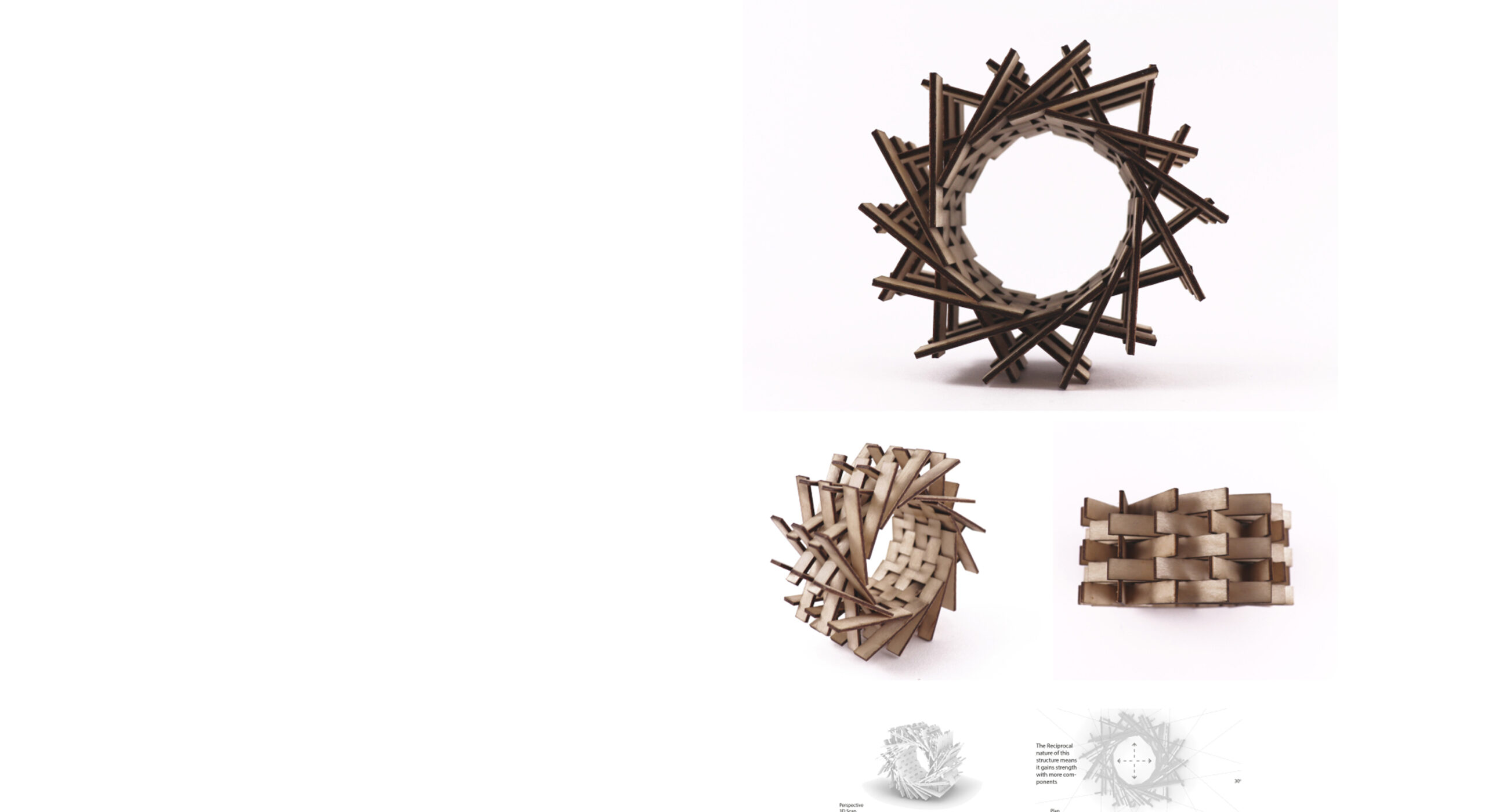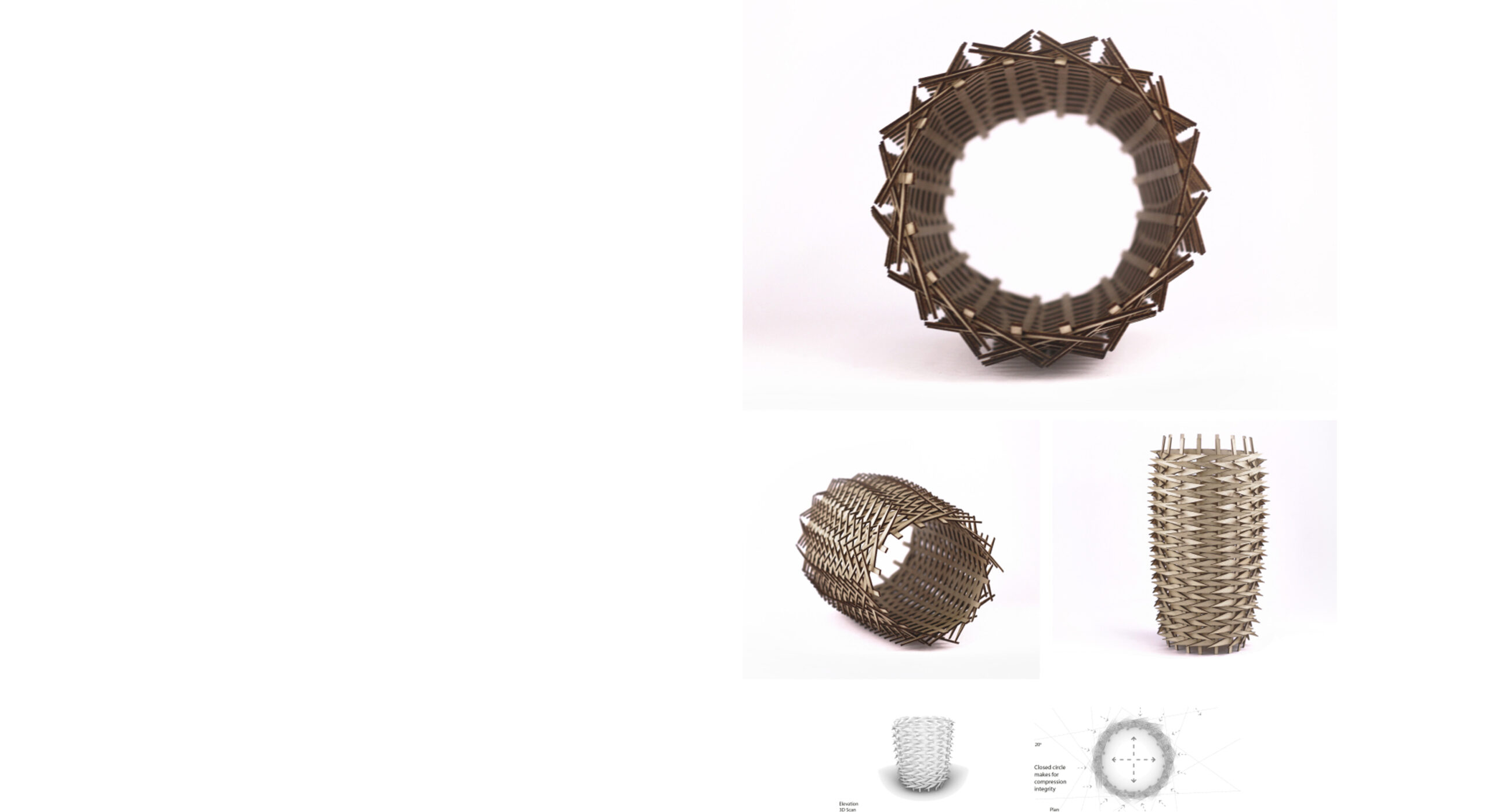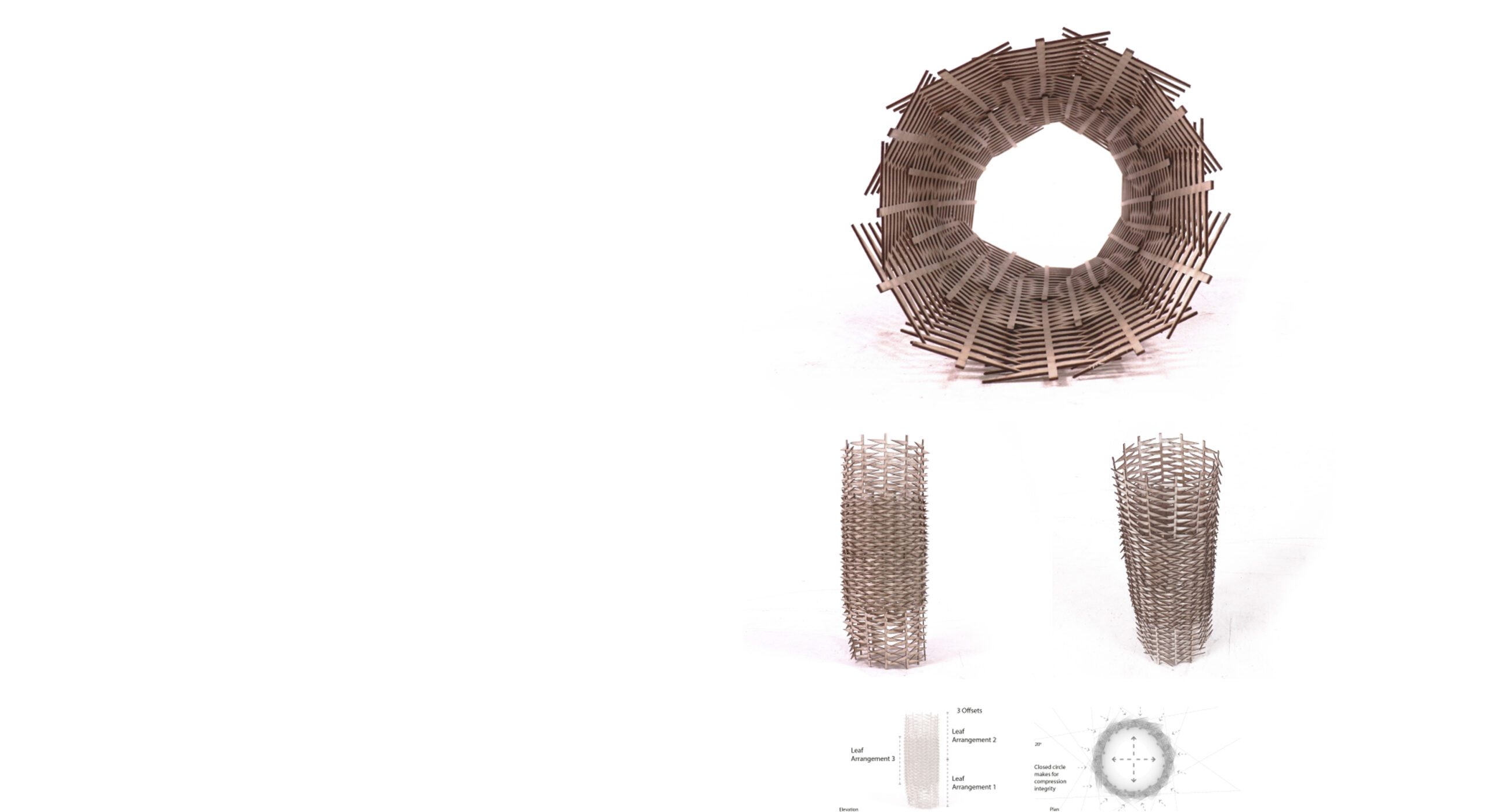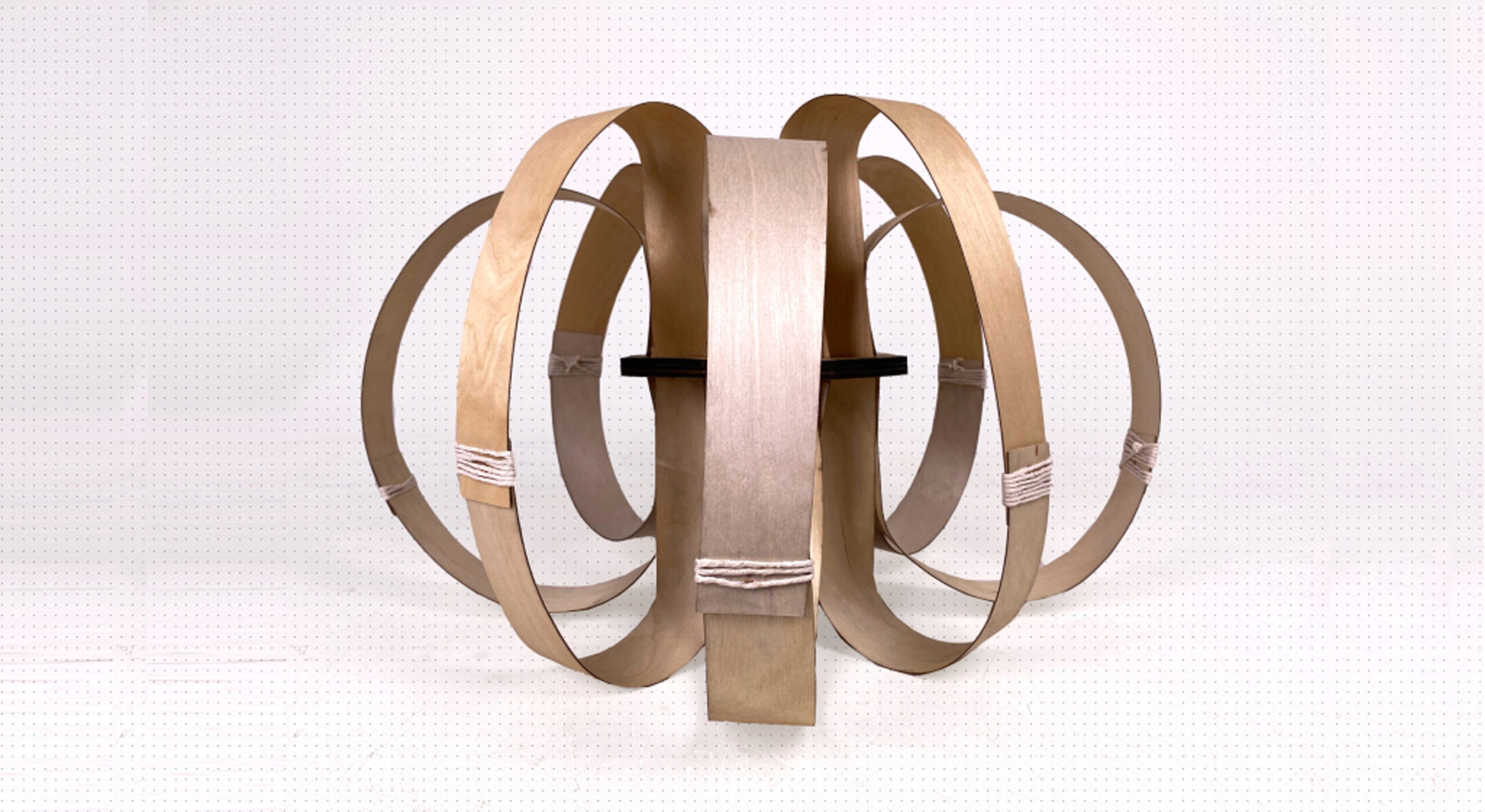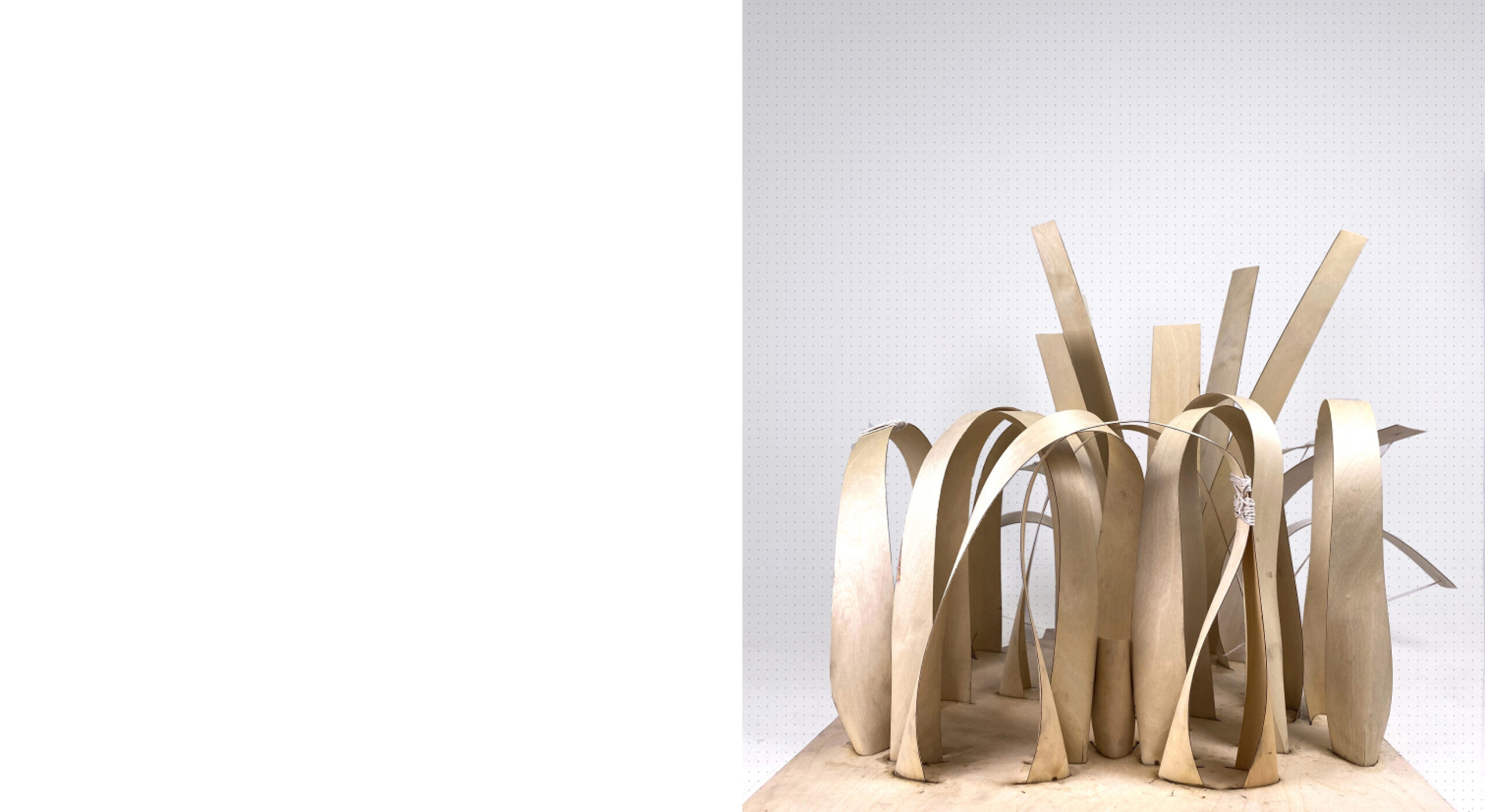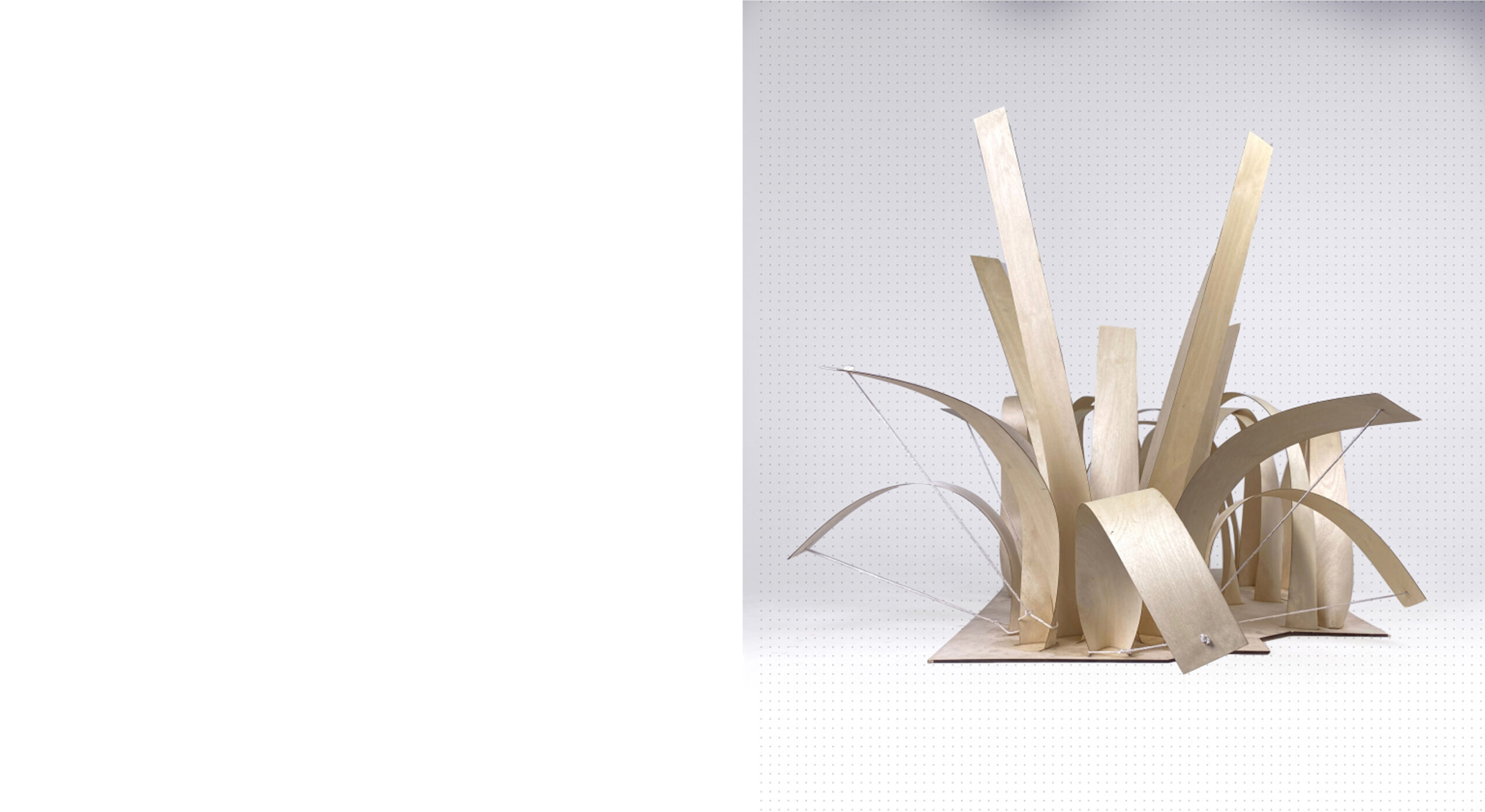Design Studio 10 ARCHIVE
Tutors: Toby Burgess & Arthur Mamou-Mani
Toby Burgess www.tobyburgess.com – is the director of Toby Burgess Design Ltd and teaches at postgraduate level at the Architectural Association and the University of Westminster, with a focus on the funding and delivery of student projects.
Arthur Mamou-Mani www.mamou-mani.com – is a French architect and director of architecture practice Mamou-Mani Ltd. He is a lecturer at the University of Westminster and UCL-Bartlett and owns a digital fabrication laboratory called Fab.Pub.
Upcycling Architecture: Designing for Climate Change
DS10 believe that architecture should be joyful and that architects should think like makers and act like entrepreneurs. We like physical experiments tested with digital tools, for analysis, formal generation and fabrication. We value combinations of conceptual bravery matched with architectural reality, and seek an architecture of playfulness and beauty which responds intelligently to its environment, and sits within the wider cultural and environmental context.
BRIEF01: LEARNING FROM NATURE
- Environmental materials studies through physical and digital model making.
- Studying a plant and its ecosystem in detail at Kew Gardens.
- Weekly Grasshopper workshop with Radiance/Daysim and evolutionary solving.
Students will choose a material with genuinely sustainable credentials and explore it through physical modelling informed by digital fabrication techniques at the FabLab.
What is circular thinking? We will be reading Cradle to Cradle (William McDonough) and Small is Beautiful (E.F. Schumacher) and interrogating what makes up these sustainable credentials, and how materials are rated in terms of environmental impact.
The chosen material will be explored in terms of lifecycle, economic impact: Looking at where the material comes from, how it can be reused and how it can be disposed of sustainably (composting, biodegradability..etc..).
Through rigorous physical and digital experiments you will explore the physical and assembly potentials of the material to find novel applications, structures and geometry and combining these experiments with the research into plants to understand the systems at place that organise and hold together plants and make them operate as living processes.
Students will look at the formal arrangement and operation of plants in their eco-systems through study trips to Kew Gardens as well as natural photography and drawings (i..e. Rob Kesseler, Ernst Haeckel). These studies will be informed by their parametric models and creatively expressed through their physical models.
● The output of this brief will include many physical sketch models which show the progression and development of the understanding of both the material and the botanical studies.
BRIEF02: THINKING BEYOND PROFIT
- Find and analyse an existing site/business/operation that does not meet the U.N sustainable goals (ie polluting, unethical )
- On that site, (i.e. a factory, a headquarters, a client’s home) propose an alternative building/process/program that contributes positively in demonstrable sustainable terms.
- Understanding LEEDS, BREEAM Metrics to inform your studies we want all projects to meet the highest standards.
Students will find a site that they can visit and that they feel they can improve upon in sustainable terms.
This could be an empty housing block that could be massively improved in terms of occupation density or solar gain or converting to community living, it could be a mining operation that works in an unsustainable arena like cement manufacture that could be repurposed into community housing or even a coal factory chimney that could be repurposed into a solar chimney to make electricity.
We are interested in realistic proposals for upcycling existing architecture not just building new buildings for building’s sake.
The chosen site will be visited and documented through techniques like 3D photogrammetric digital scanning, 3D modelling, drawing and physical modelling and this output will then be parametrically analysed in sustainable terms using radiance and daysim environmental simulation engines which you will be taught to define new opportunities for a more sustainable future.
● Output: One large detailed drawing and one large physical model and one large digital model. Students will be creating a large diagram explaining the lifecycle of their chosen product in relation to their designs. .
Unit Trip:
We will be travelling to Amsterdam, Rotterdam and Delft by rail and bus to reduce our carbon emissions, we will be visiting the vertical farming industry, and the circular materials initiatives at the TU Delft University & Design School in Eindhoven.
www.WeWantToLearn.net
You will become a member of the WeWantToLearn.net community sharing your research and studio submissions to inspire and contribute to the wider design community. Blog posts will form part of your portfolio submission.










